Venice is a unique city worth visiting at least once in your life. The romantic bridges at every step, the canals full of gondolas, the labyrinth of narrow streets and the rich history attract about 20 million tourists annually, being one of the most visited destinations in the country.
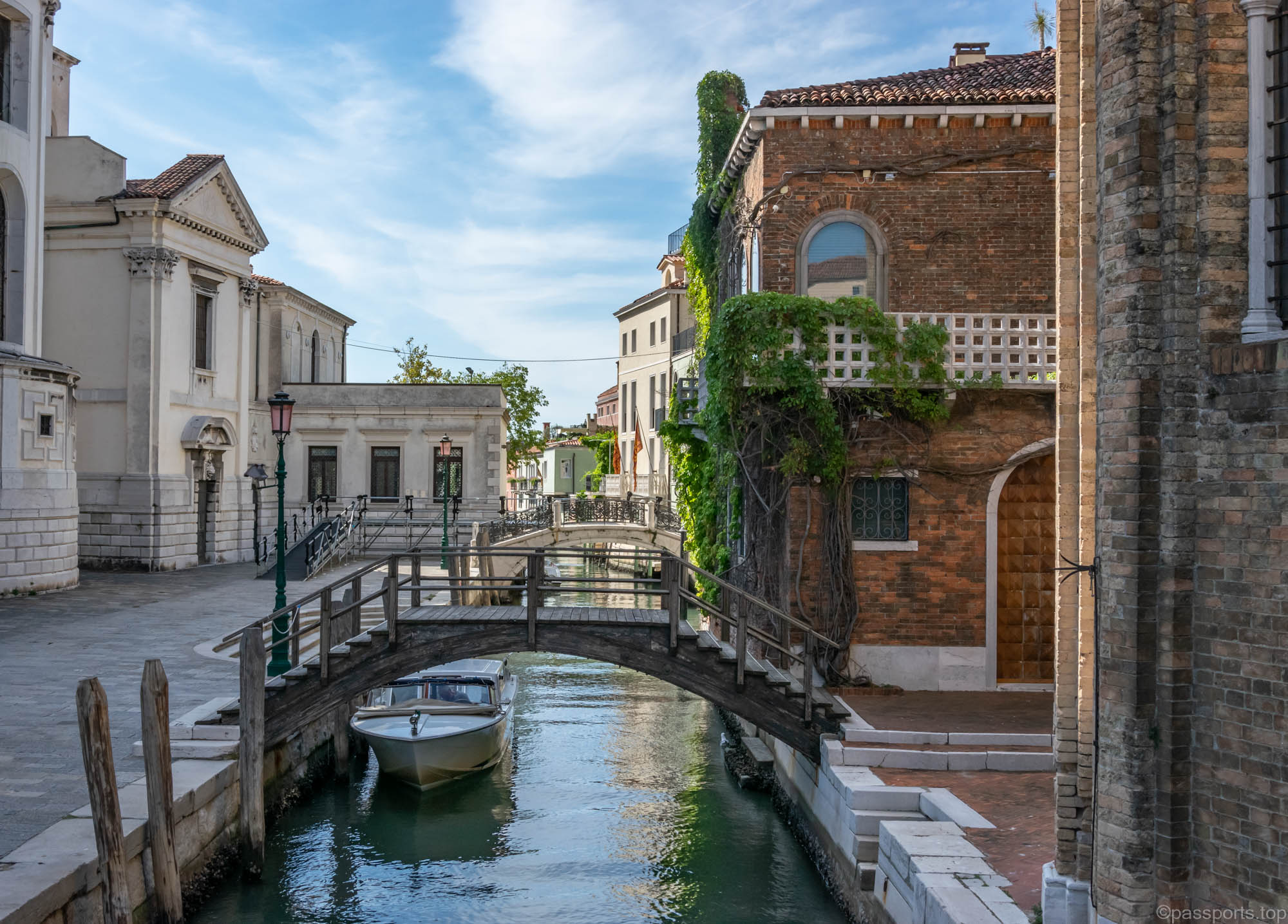
Venice is located in northern Italy and is the capital of the Veneto region. The city actually sits on 117 small islands that are connected by a series of bridges and separated by a network of canals. It is the only pedestrianized city in the world, and visiting without cars makes exploring the city even more enjoyable. It is also the birthplace of several famous people, including Antonio Vivaldi and Marco Polo.
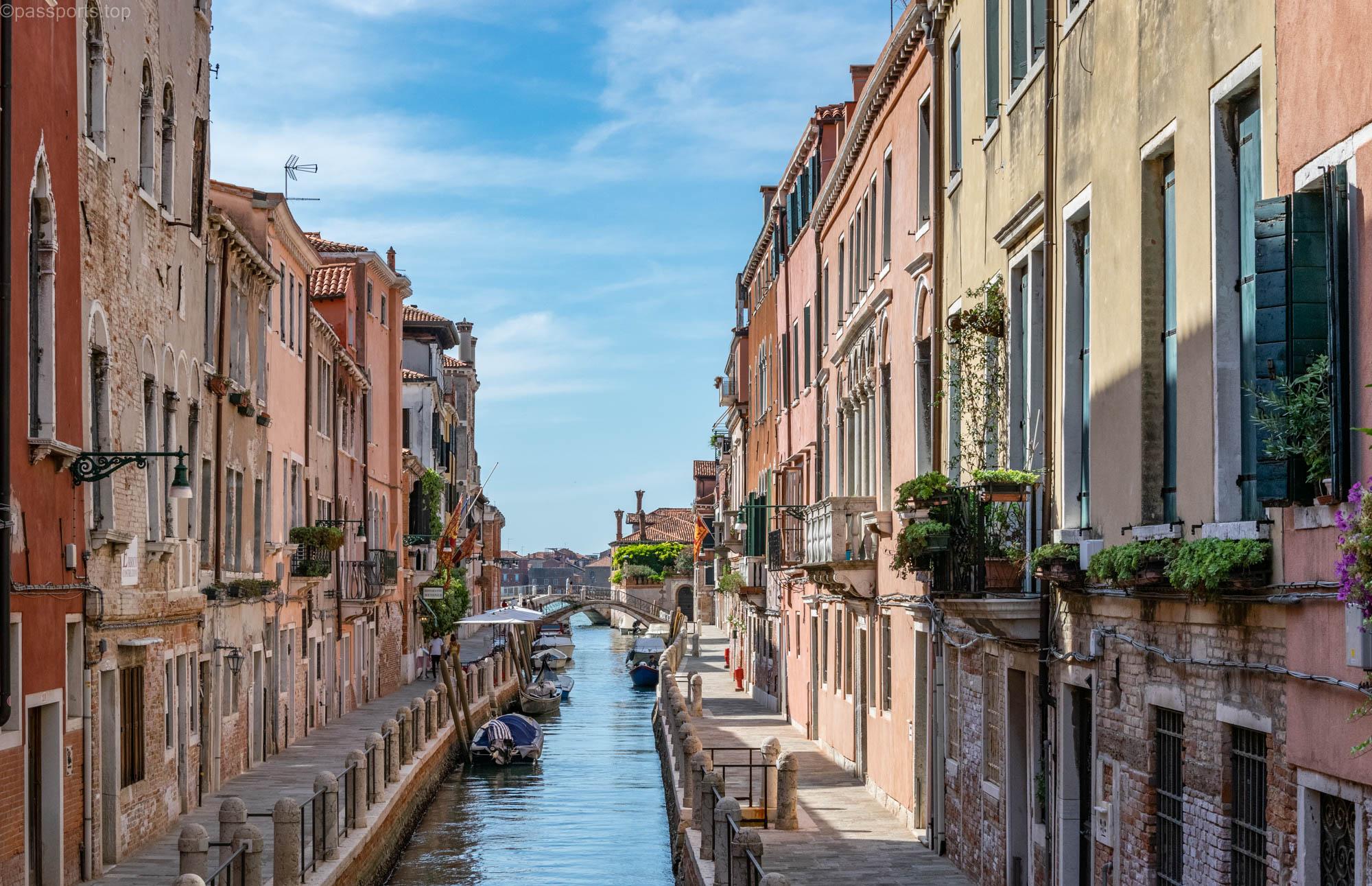
We stayed 3 days in Venice, but we also visited the islands of Murano, Burano and San Giorgio Maggiore. If you only want to visit Venice, one day is enough, as it is quite a small city. Of course it also depends on everyone’s pace. For the islands of Murano and Burano you can book a half day (the vaporetto ride takes around 40-50 minutes to the islands).
When to visit Venice?

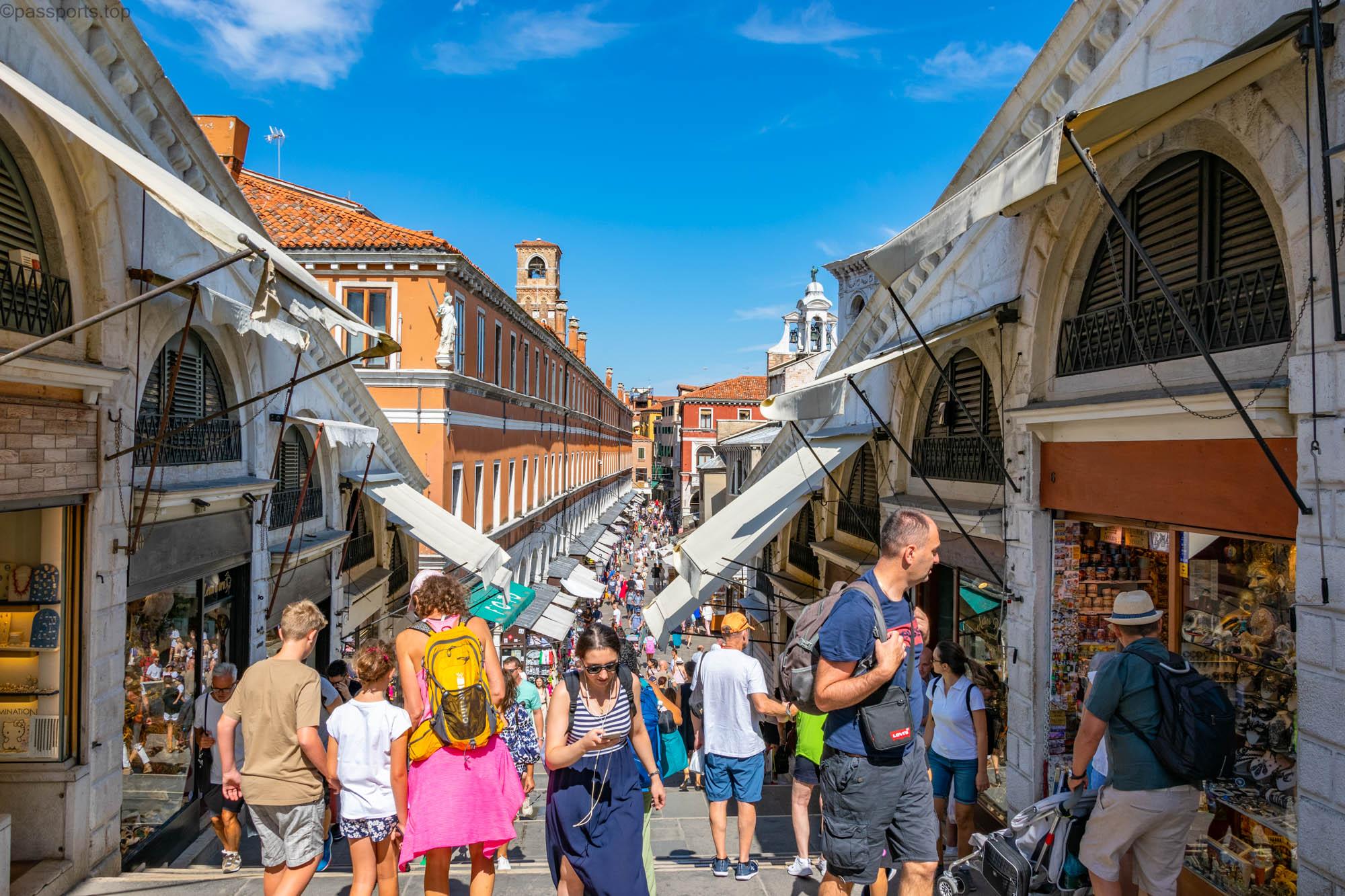
Venice is crowded almost all year round, but between May and September and during the carnival (February) it is literally suffocated by tourists.
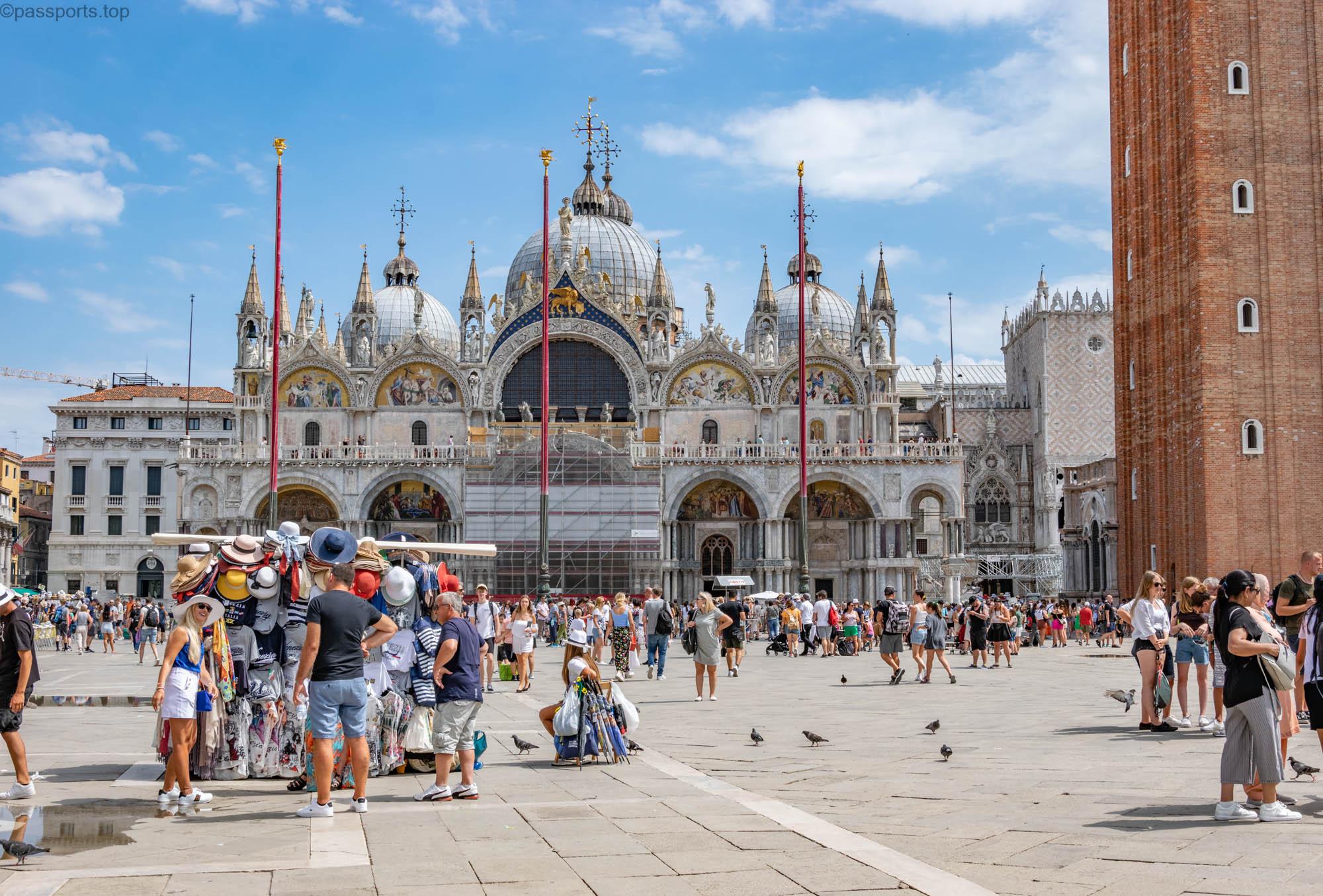
We went in August, not an uninspired period at all, but it was the only month in which we could go and besides the fact that it was full of tourists, the weather was very warm.

It would be ideal to arrive in autumn, between September and November, or in spring, in the months of March and April. In the month of November, it must be taken into account that it rains quite often and with the rains there are also floods.
Transport in Venice

Venice has 2 airports: Treviso Airport (TSF), where low cost airlines land, and Marco Polo International Airport (VCE), where scheduled airlines land. We landed at Marco Polo Airport, and from there we took the bus. The transfer takes between 40 and 50 minutes and the price of a ticket is €10/one way/person.
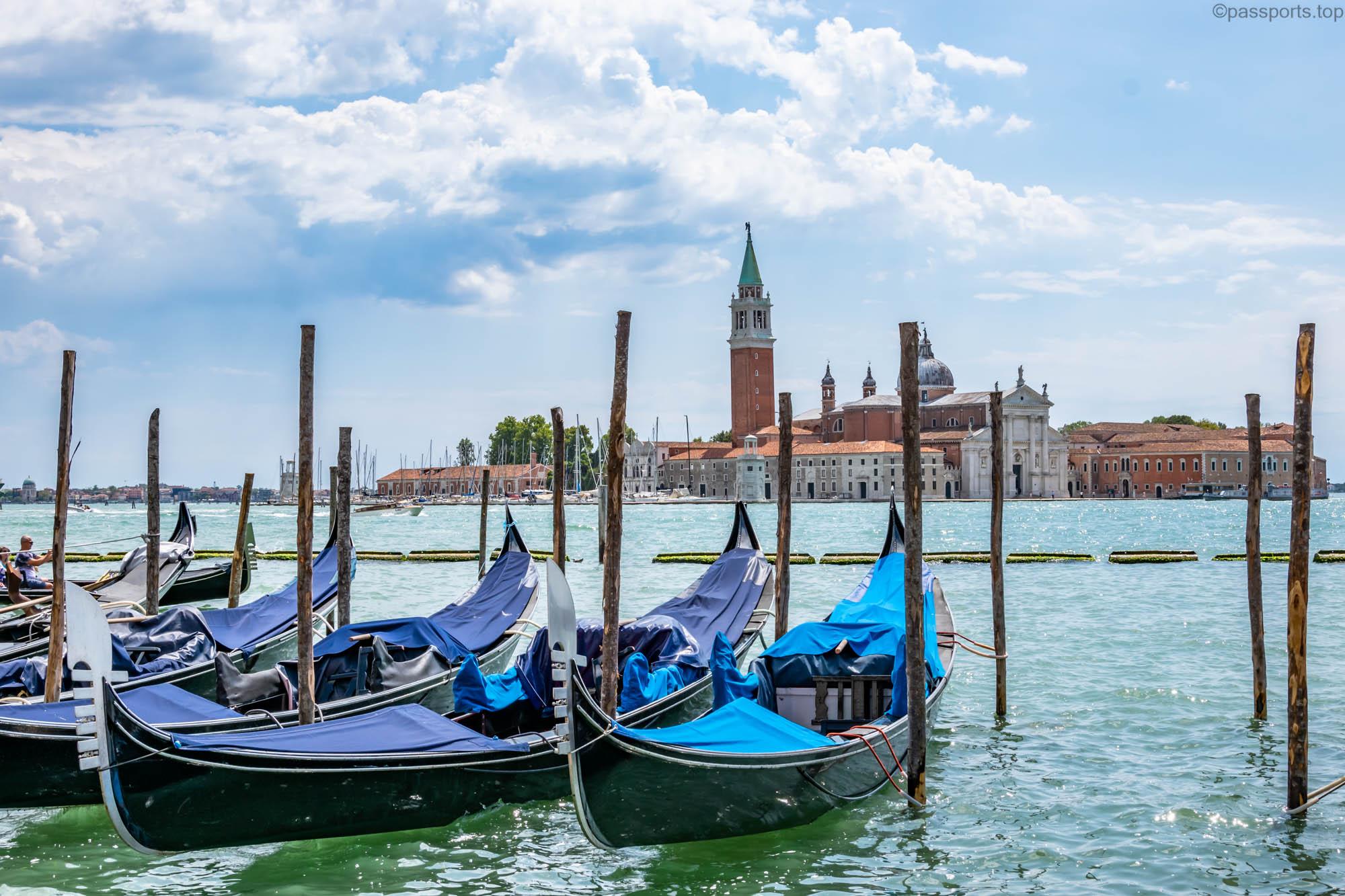
The most famous activity in Venice is the gondola ride, but we found it a bit expensive (prices start from €60 before 19:00, and after this time it costs around €100).

A cheap alternative to the gondola ride is the vaporetto – a ferry that offers shared transport on Venice‘s canals and between islands. The price for a vaporetto trip is €7.50, but there is also the option of a card with unlimited trips for 24h, 48h, 72h or 7 days. Find out more details and prices here.

For a walk on the Gran Canale you can choose lines 1 and 2. You have to have a lot of patience and time at your disposal in the height of the tourist season, because it is full of tourists and the ferries are very crowded (+be careful with your bags and valuables). If you take your day pass, don’t miss a walk on the Gran Canale after dark to see the illuminated buildings.
What we visited in Venice
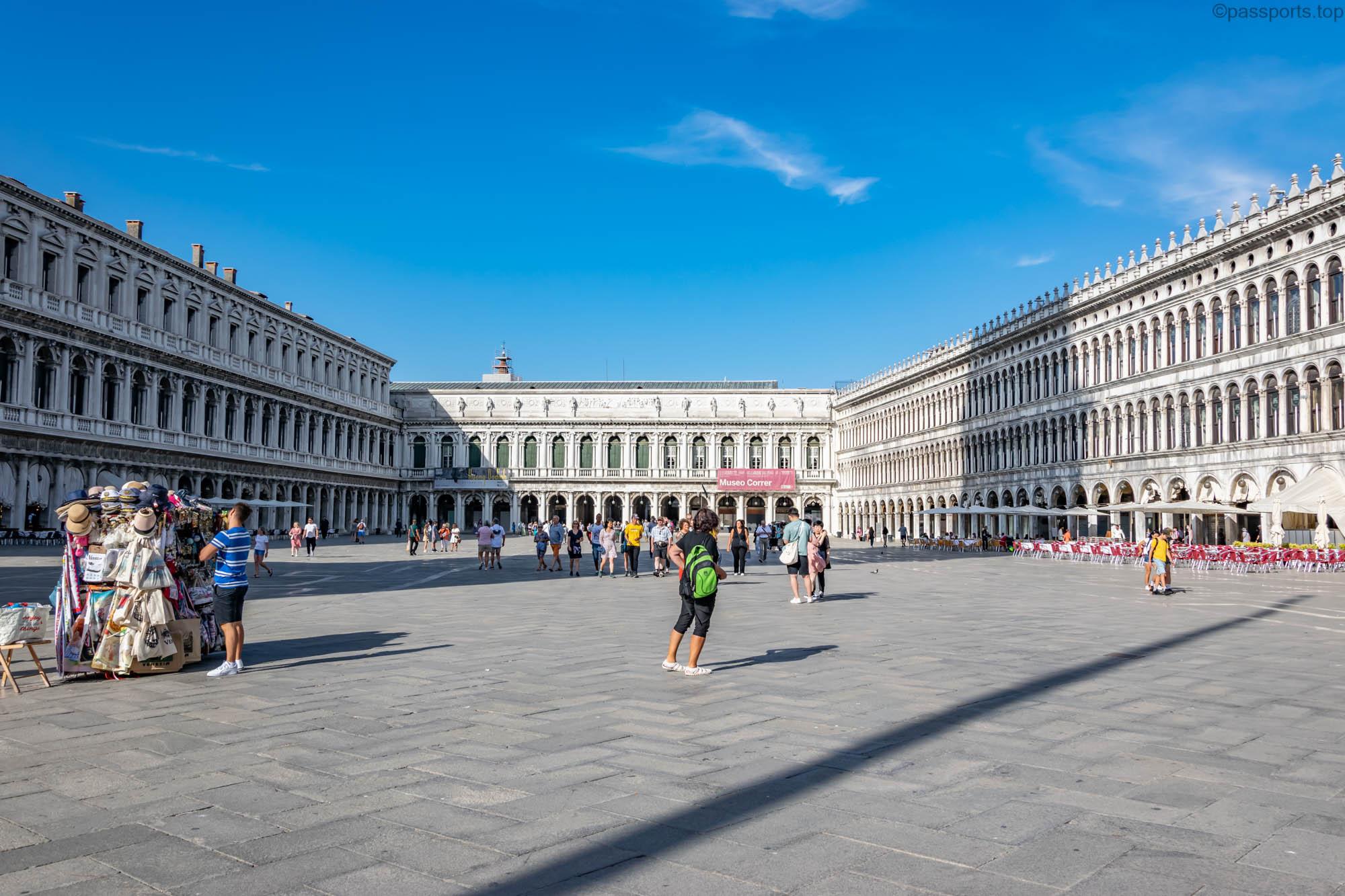
Piazza San Marco is the most famous tourist center in Venice, where the main attractions are located: the Doge‘s Palace, the Basilica of San Marco and the Campanile of San Marco.

The square is gorgeous, full of history and full of cafes and restaurants, but I advise you to avoid the area if you want to enjoy an espresso and a snack. First of all, there is a lot of noise, the square being full of tourists (around 40,000 tourists arrive in Venice every day , in full tourist season), and secondly, the prices are exaggerated.

You can walk through the side streets where you can choose a terrace or a quiet cafe, where you will find much lower prices. There is already a famous news story where a tourist was billed 43 euros for 2 coffees and 2 bottles of water in St. Mark’s Square, so beware of the so-called “table tax” that some restaurants charge in tourist areas. For example, you can drink a cappuccino for 3 euros at Ai Do Leoni.

The Basilica di San Marco dominates much of St. Mark’s Square. Ever since its creation in 1092, it has been a piece of sublime architecture and remains one of the most important religious buildings in northern Italy.
The basilica’s architecture features influences from Byzantine, Western European and Islamic architecture, all linked to Venice ‘s past as a major maritime power.
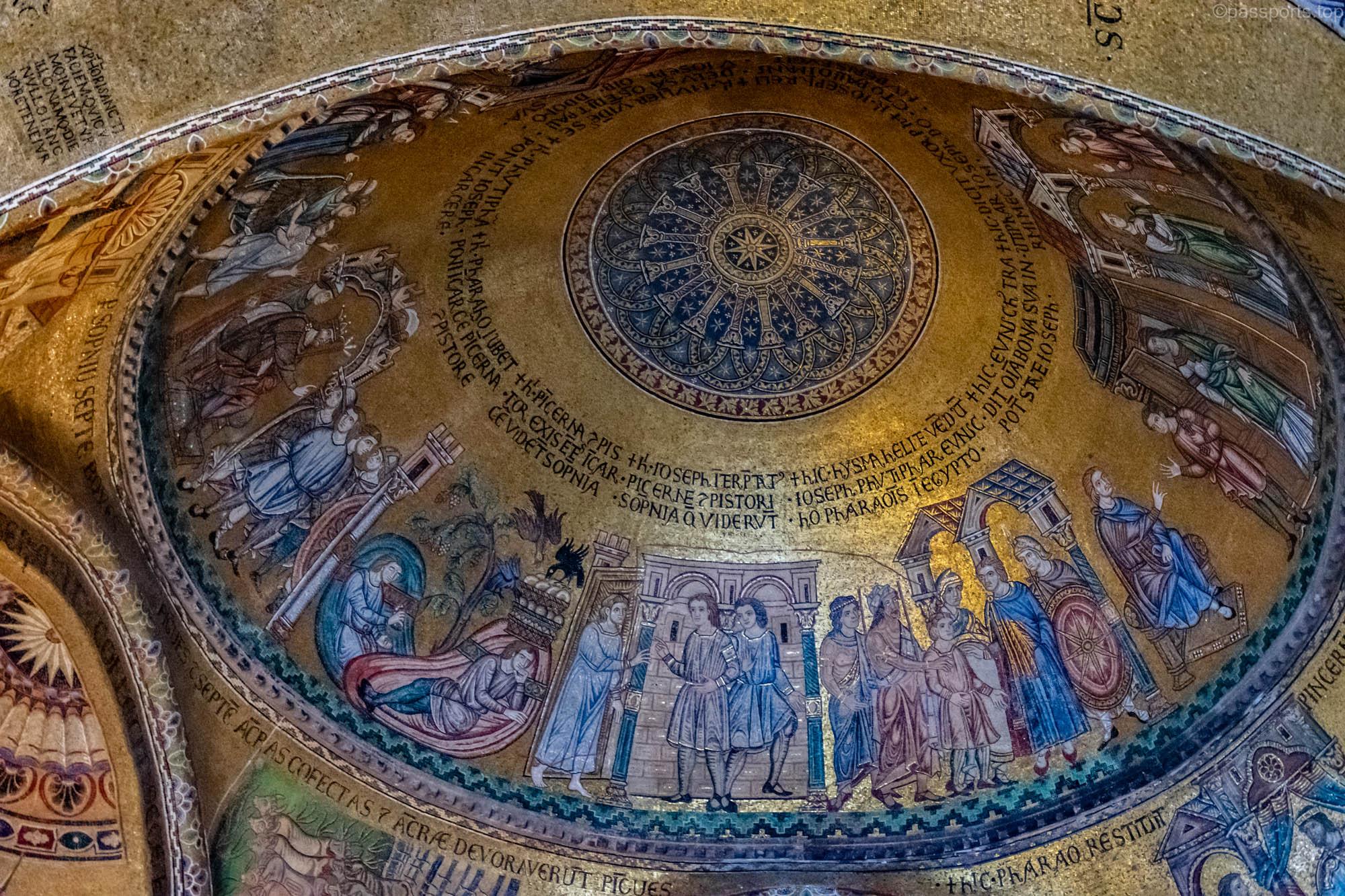
Most of the ornaments date from the 11th – 13th centuries. In addition to the gorgeous mosaics, the Basilica of San Marco also houses the relics of the apostle Saint Mark, and the sumptuous Pala d’Oro, a golden altar decorated with jewels.
Entrance is free, but there are very long queues. If you don’t want to wait a few hours, you can buy a skip-the-line ticket online that costs €6/person.
Inside the cathedral you have to take care of your clothing (skirts and shorts, sleeveless tops or t-shirts and backpacks are not allowed – you can deposit them for free, before entering, at the Ateneo San Basso).
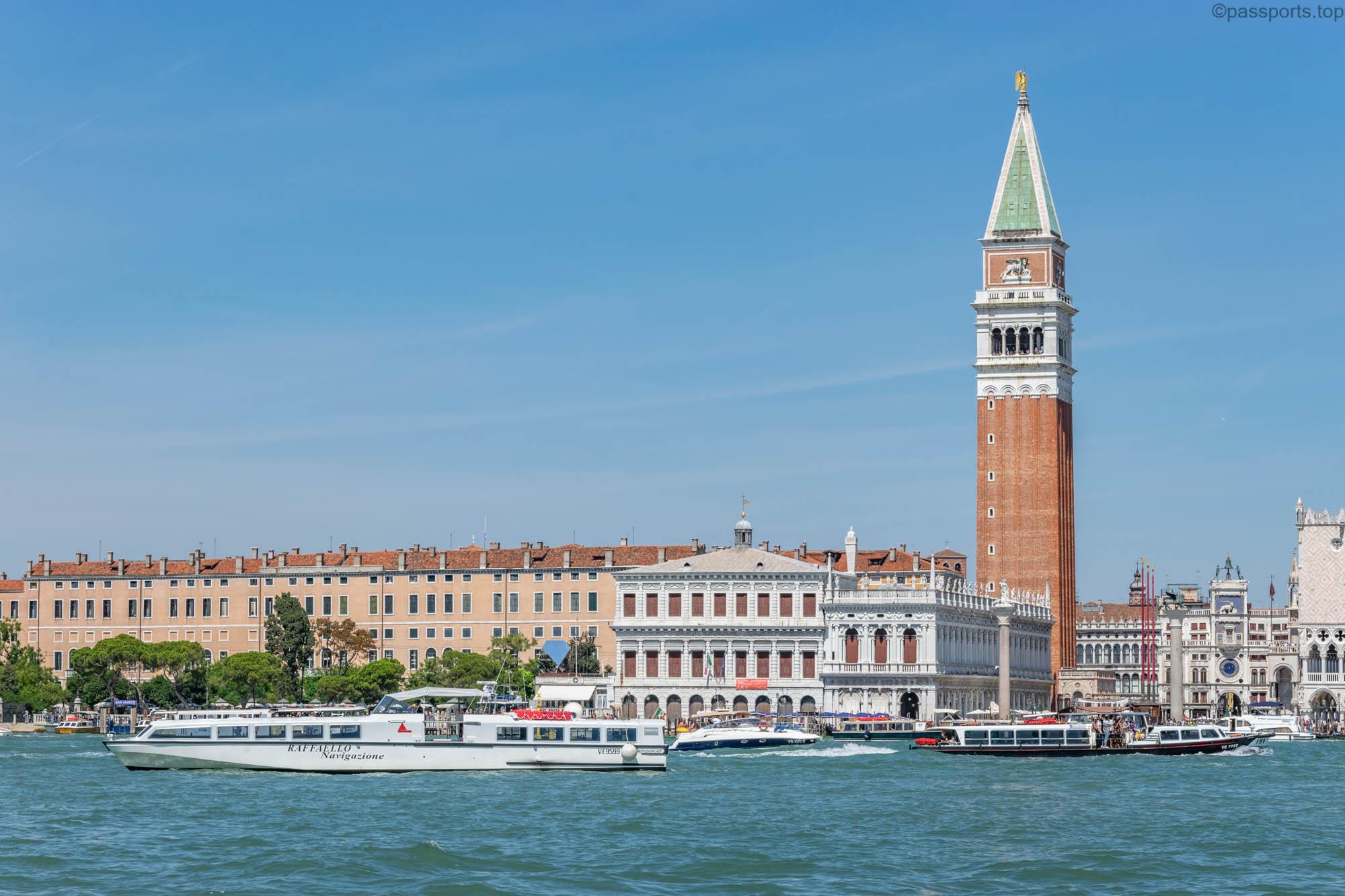
Along with the Basilica of San Marco, the Campanile di San Marco dominates the center of Venice. It is the bell tower of the church, where you can climb to admire impressive views of the city and the lagoon. The 99-meter high tower was rebuilt in 1912 after it collapsed several times due to earthquakes or lightning. The price of a ticket is 12€/person.
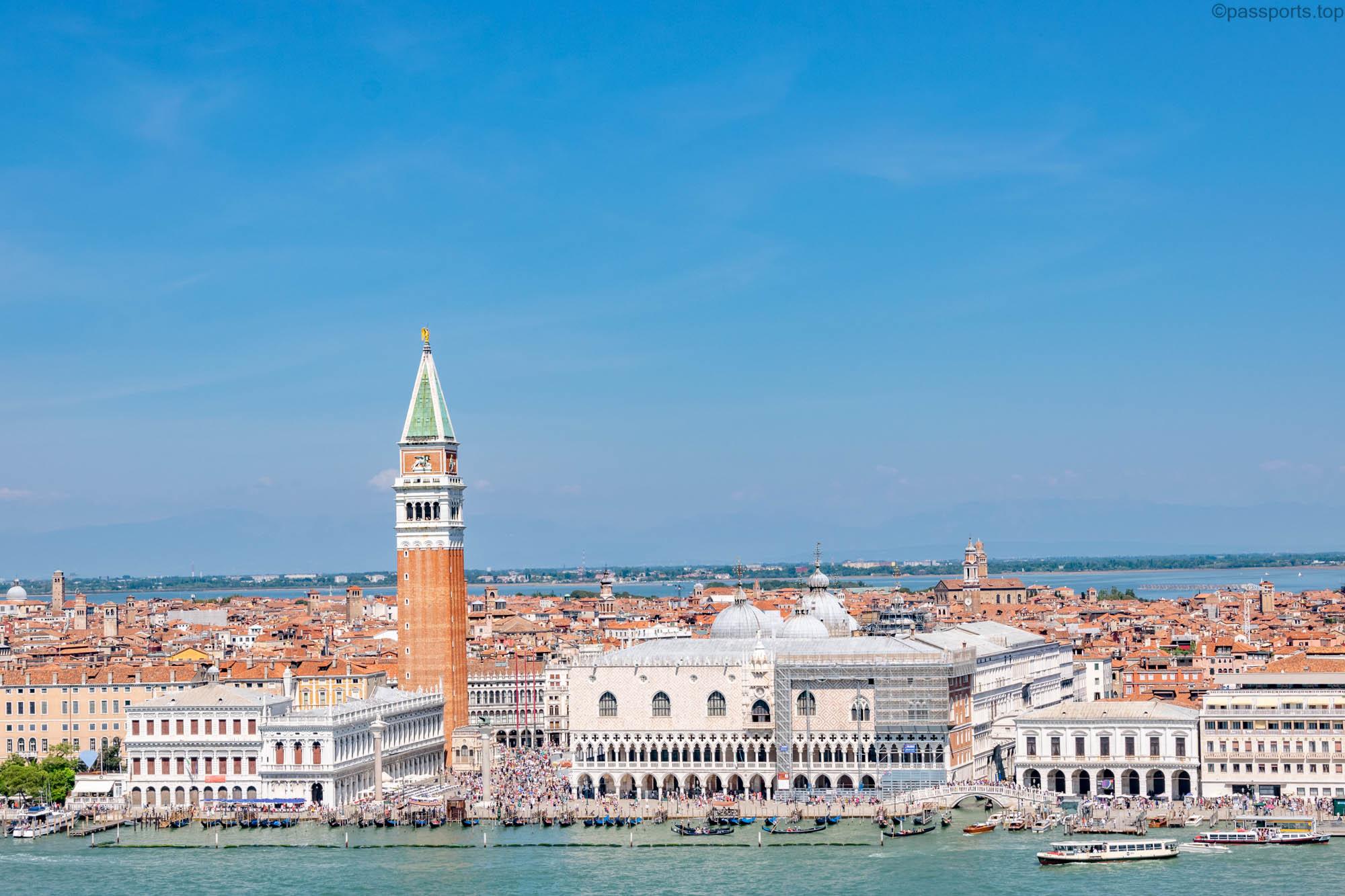
The Campanile di San Marco inspired the design of other towers around the world and various replicas can be found in Barcelona (Spain), Brisbane (Australia), Kiel (Germany), Piran (Slovenia), Rovinj (Croatia) or Toronto (Canada).

As symbols of Venice, copies of the tower also exist at The Venetian Hotel in Las Vegas, The Venetian Macao Hotel in Macau, China, the Italy Pavilion at Epcot – the theme park at Walt Disney World, and the Venice Grand Canal Mall in Taguig City, Philippines.

Another famous building in St. Mark’s Square is the Palazzo Ducale (Doge‘s Palace). The palace is a masterpiece of Venetian Gothic, being over the centuries the center of power of the Venetian Republic.
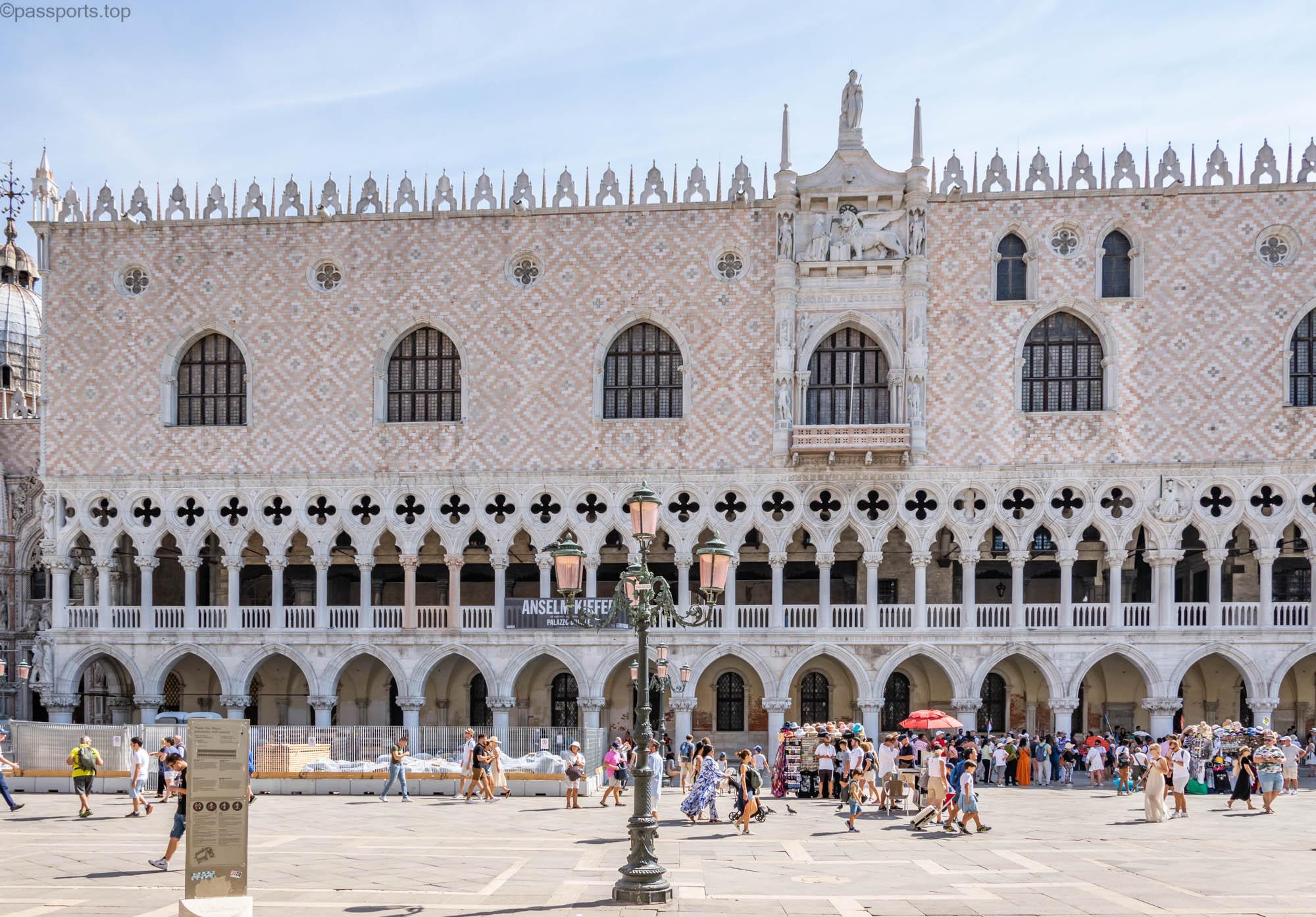
Inside, the palace is just as impressive, with rooms furnished with original furniture and artwork. The ticket costs €25/person.
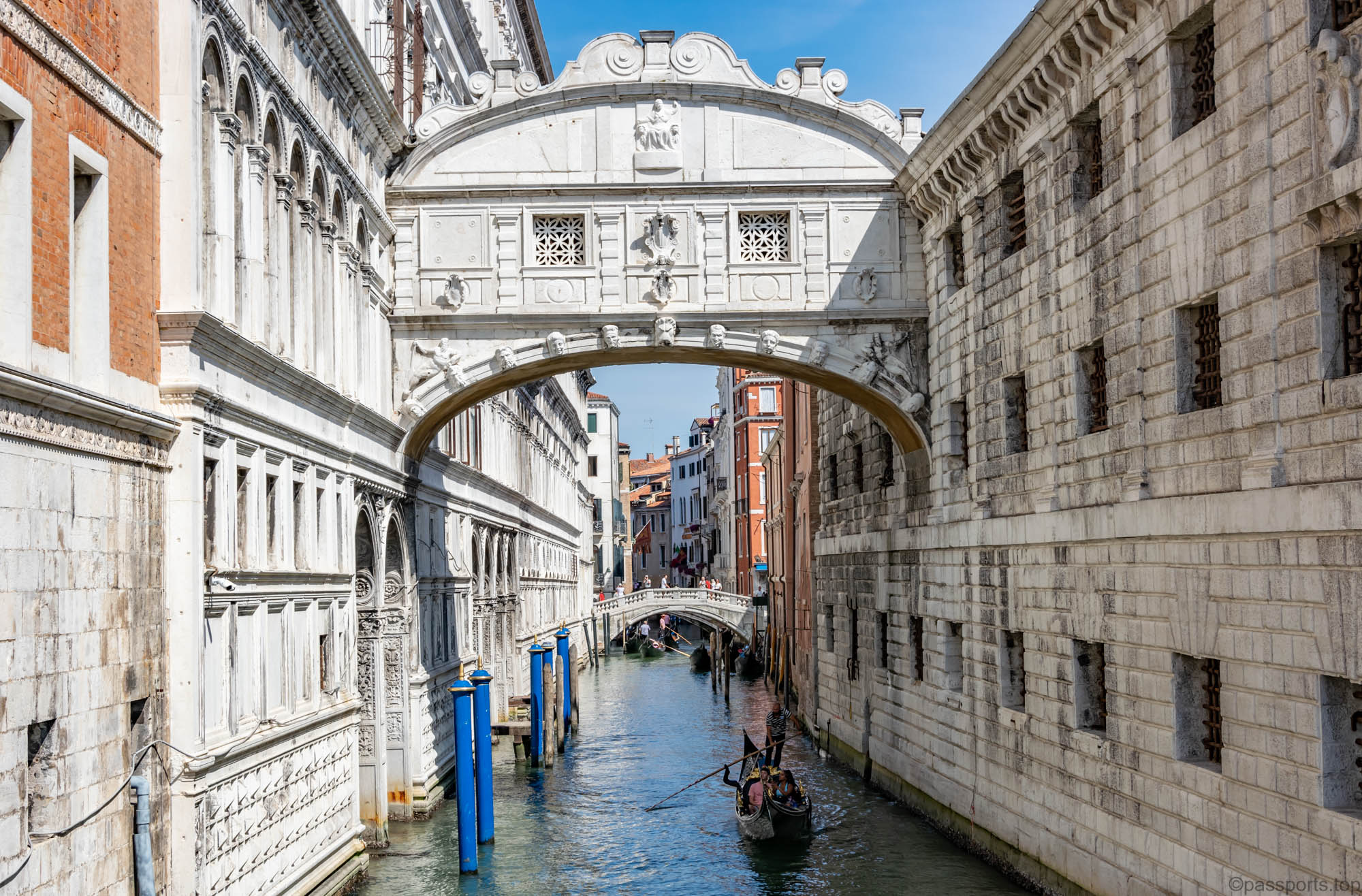
The Ponte dei Sospiri is a symbolic monument to the history of Venice, spanning the Rio di Palazzo.
The Bridge of Sighs was built in 1602 from marble and white stone and separates the Doge‘s Palace from the New Prison.
It is a completely closed place because it prevented the prisoners from escaping. As for the meaning of the name, it corresponds to the sighs of the prisoners who saw Venice for the last time through the windows of the bridge.
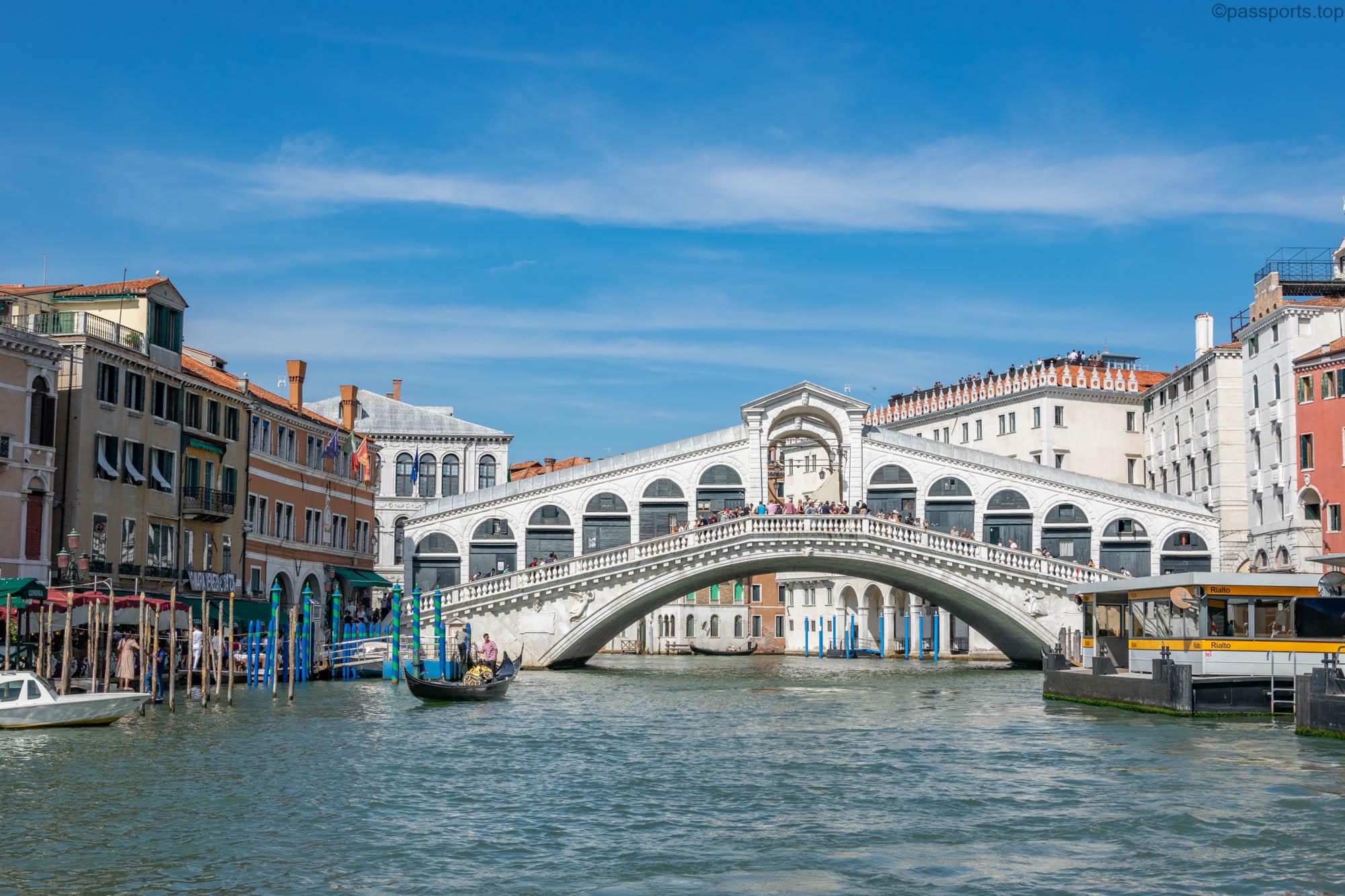
Ponte di Rialto is the most famous bridge in Venice and the oldest of the 4 bridges that cross the Grand Canal.
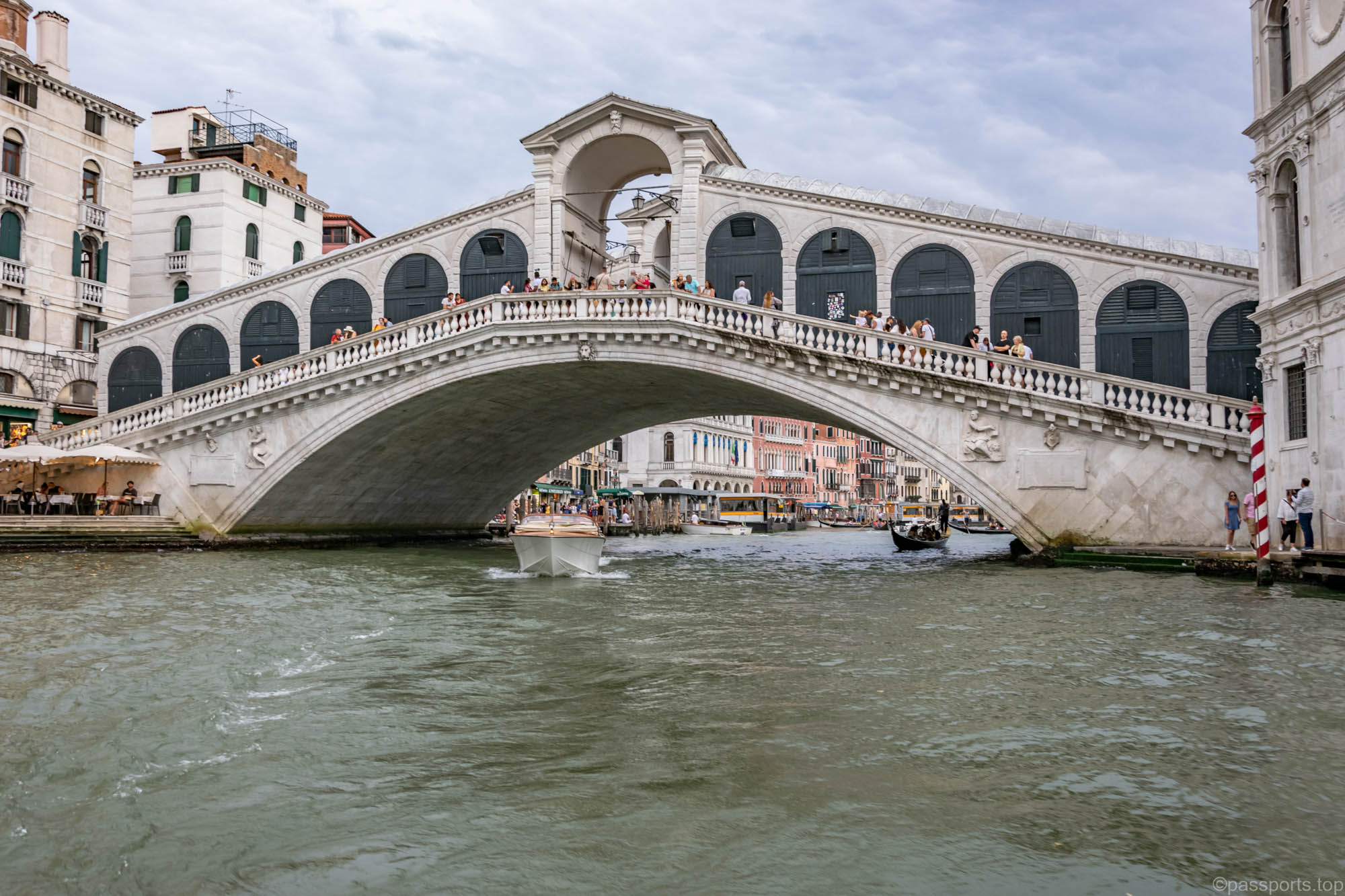
Connecting the neighborhoods of San Marco and San Polo, the bridge is an important pedestrian thoroughfare, but also a hugely popular tourist attraction.

Canale Grande is the main canal of Venice, having a length of about 4 km. With a walk on the canal you can admire the Rialto Bridge, the imposing church of Santa Maria della Salute, special palaces and museums, luxurious hotels, St. Mark’s Square and the Doge‘s Palace.
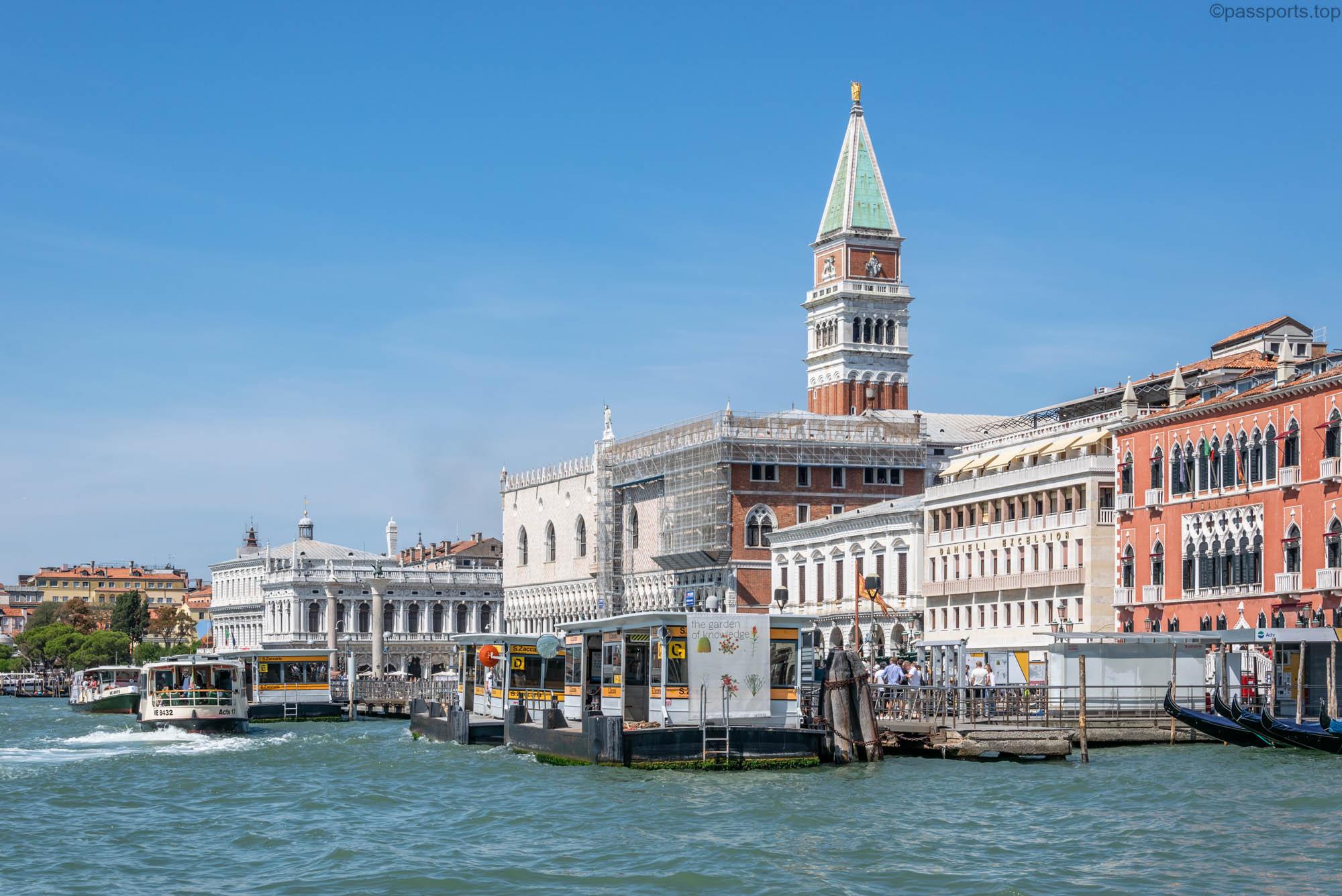
The Grand Canal is one of the oldest and largest canals in the world. More than 170 buildings dating back to the 13th century line the banks of the canal and it has served as an important waterway of the city for hundreds of years.
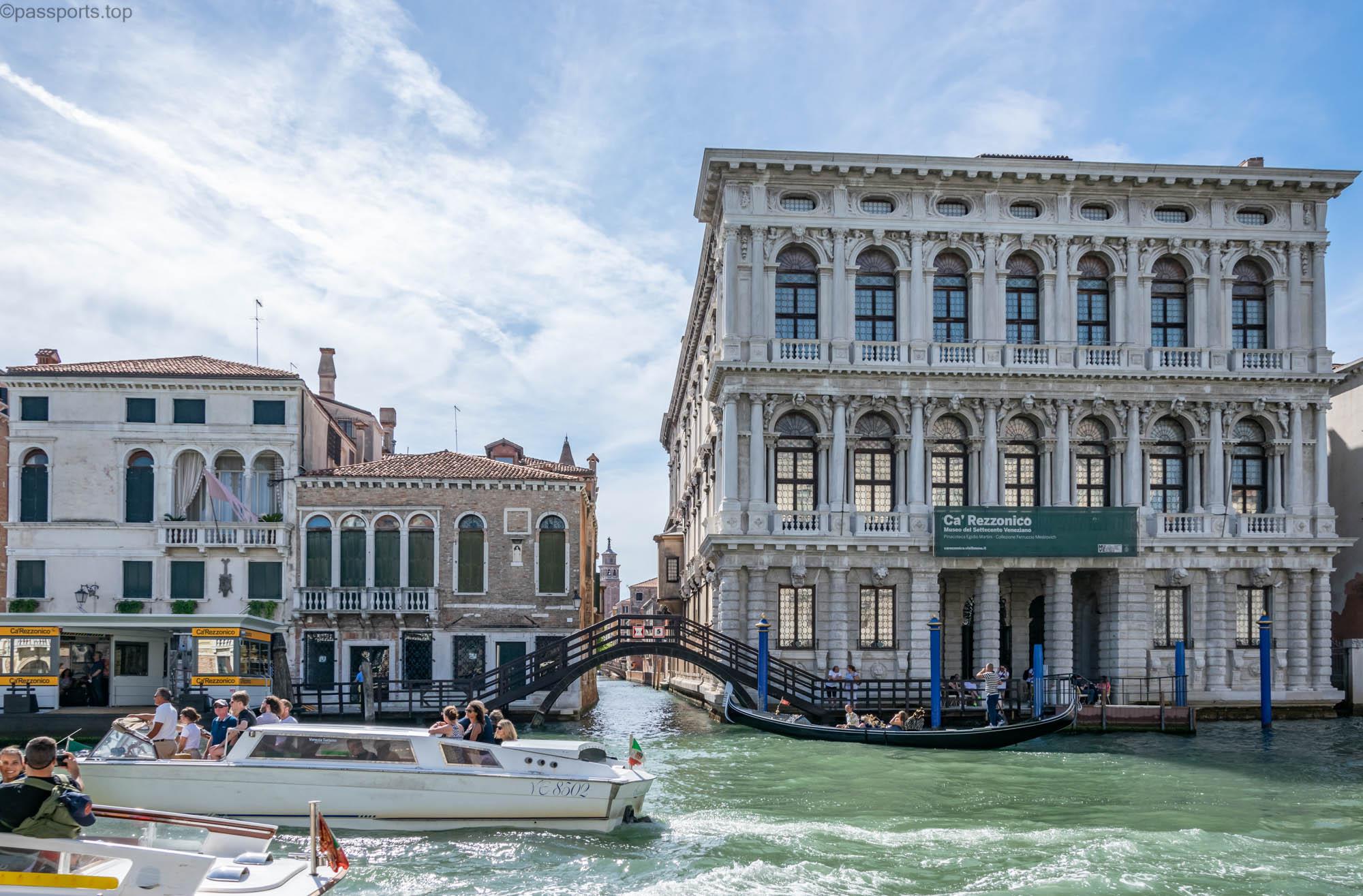
Although there are hundreds of bridges in Venice, only four of them span the grand canal, as locals and tourists generally travel along the canal, not over it.
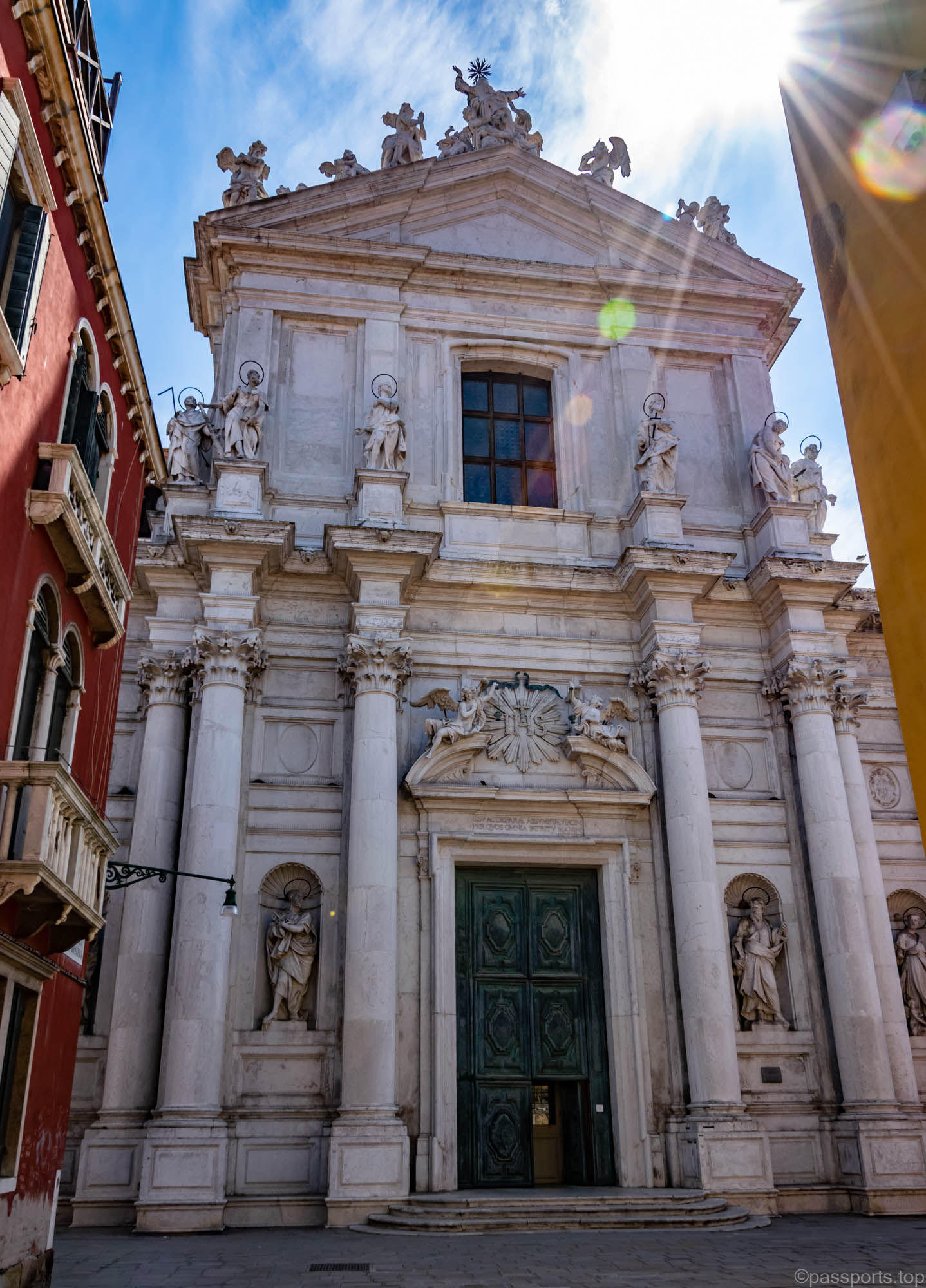
Chiesa di Santa Maria Assunta was built in 1729, making it one of the newest churches in Venice. The facade of the church is decorated with stone columns, statues of religious figures and a number of intricate details. The interior contains a number of impressive artworks, frescoes and golden details covering the ceiling of the church.
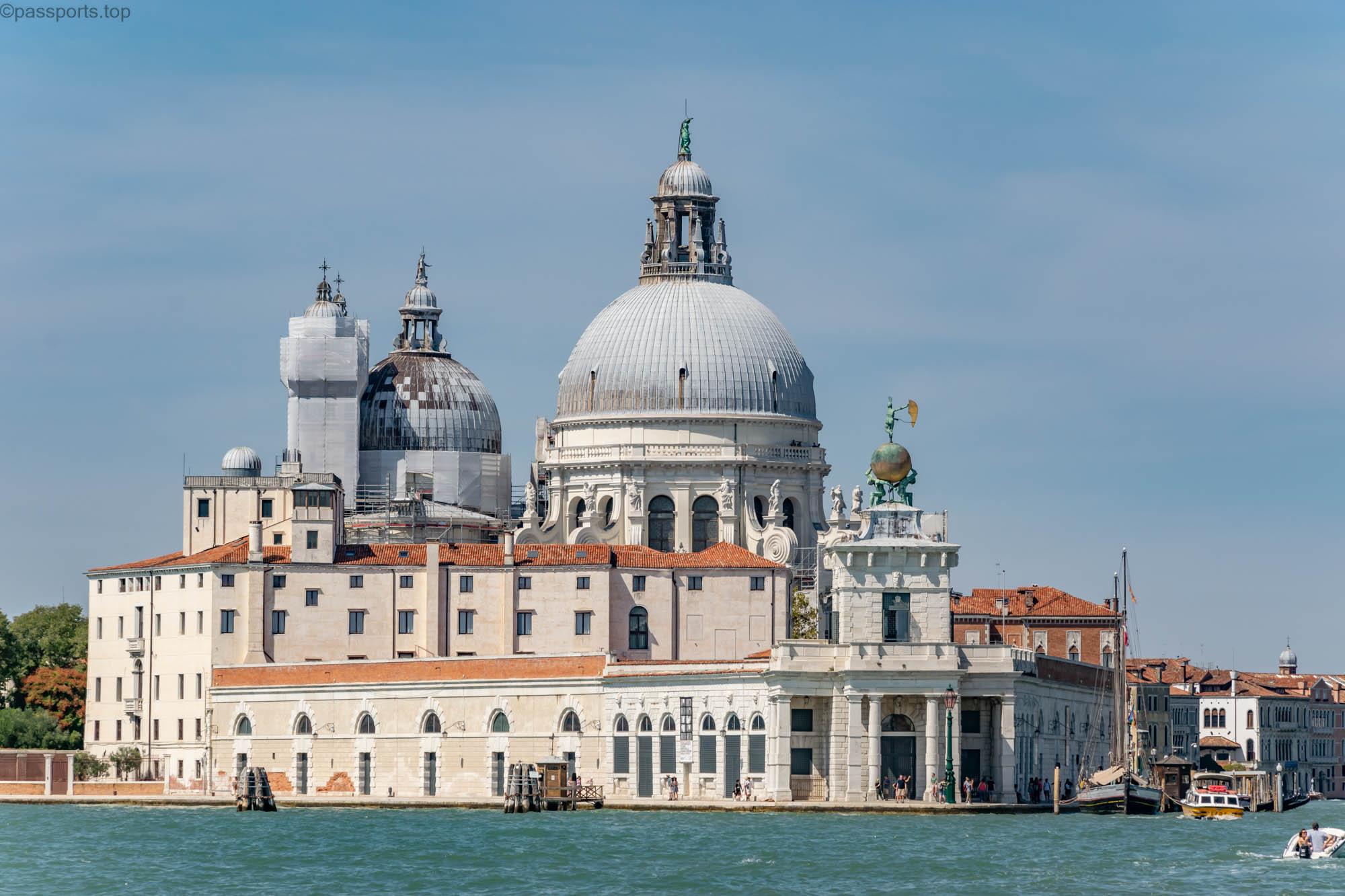
The Basilica of Santa Maria della Salute is probably the second most famous church in Venice. It was built in the 17th century and dedicated to Saint Mary for the liberation of the inhabitants from the plague.

Do you want to escape the crowds of San Marco? Take a stroll through Canareggio – the northernmost of the six historic districts and the former Jewish ghetto of Venice.

In the center of the neighborhood is a large square, Il Campo del Ghetto Nuovo, with many local bars where you will be able to enjoy an aperol spritz without being disturbed by too much noise or crowds.

Libreria Acqua Alta is a bookshop fully equipped for Venice‘s frequent and relentless floods. The name itself translates to “high water bookstore“. The books are placed in tubs, waterproof containers and in a full-sized gondola. This bookstore is unique and even though it’s quite crowded inside, it’s worth a little stop.
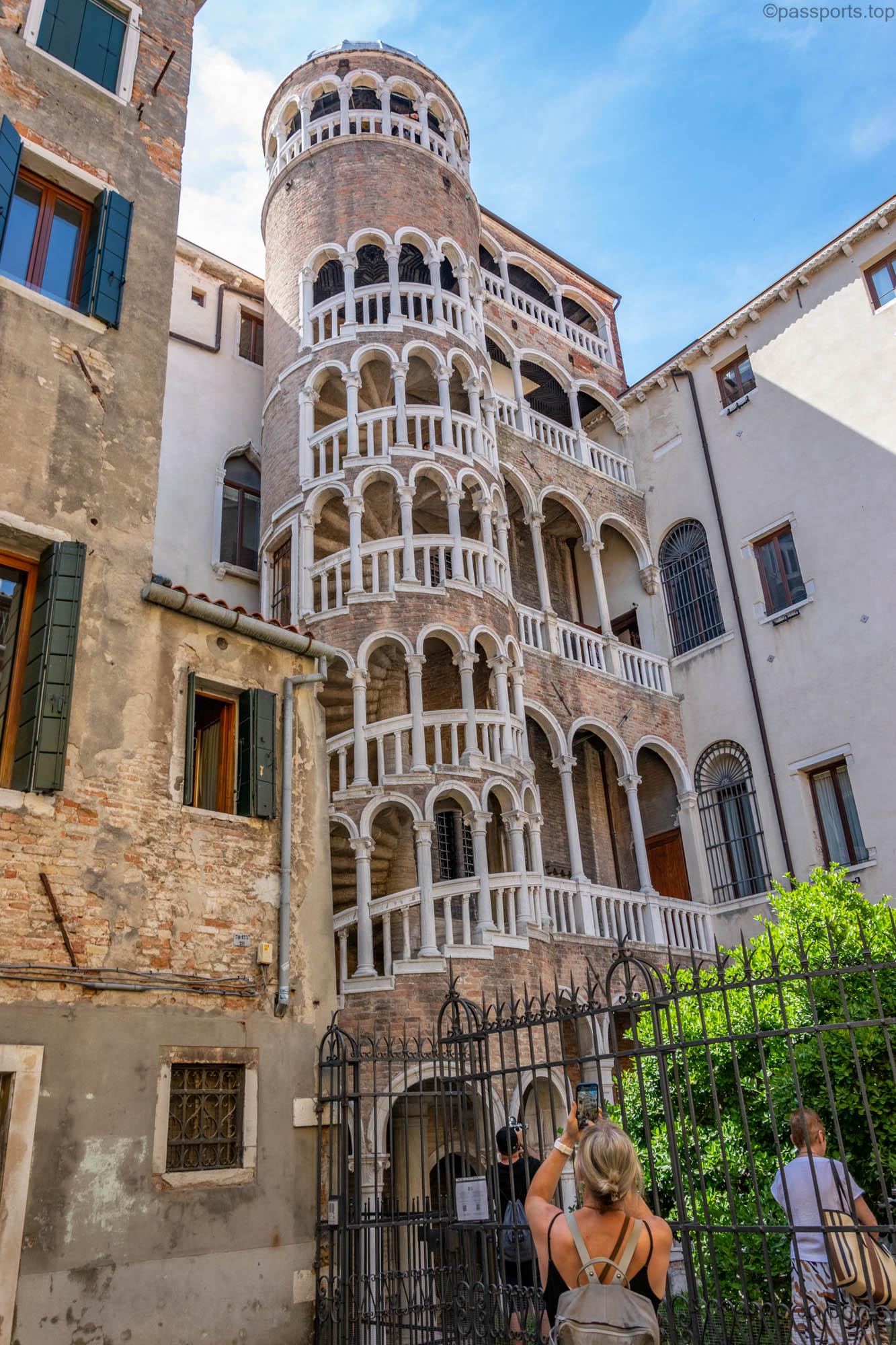
If you are looking for a hidden attraction in Venice, there is a palace in San Marco with a spiral staircase called Scala Contarini Del Bovolo, because it resembles a snail shell. This staircase is a perfect example of the Renaissance art that spread to the city in the 15th century.
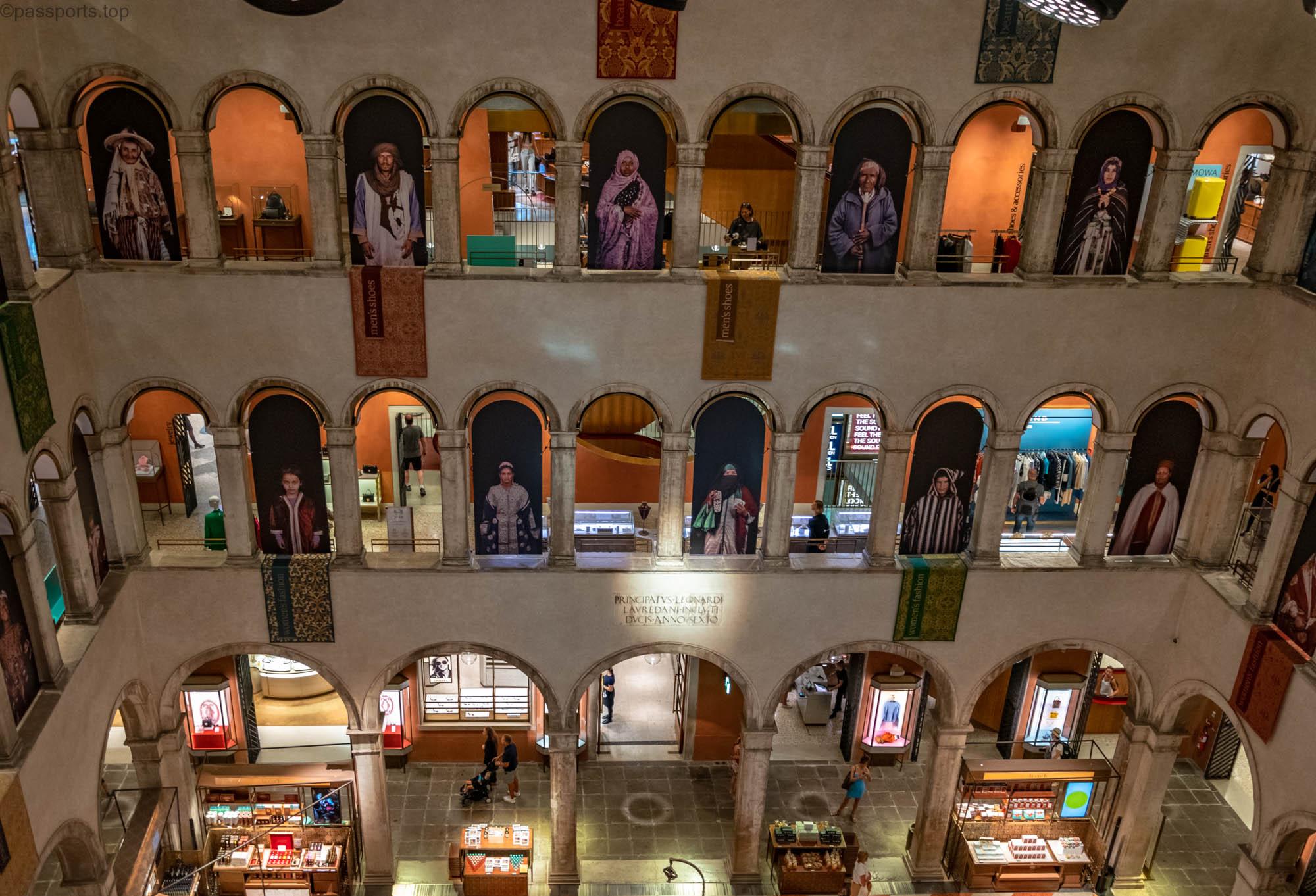
T Fondaco dei Tedeschi is an upscale department store near the Ponte di Rialto, but its highlight is its rooftop terrace. You can go up for free, but you need to book in advance.
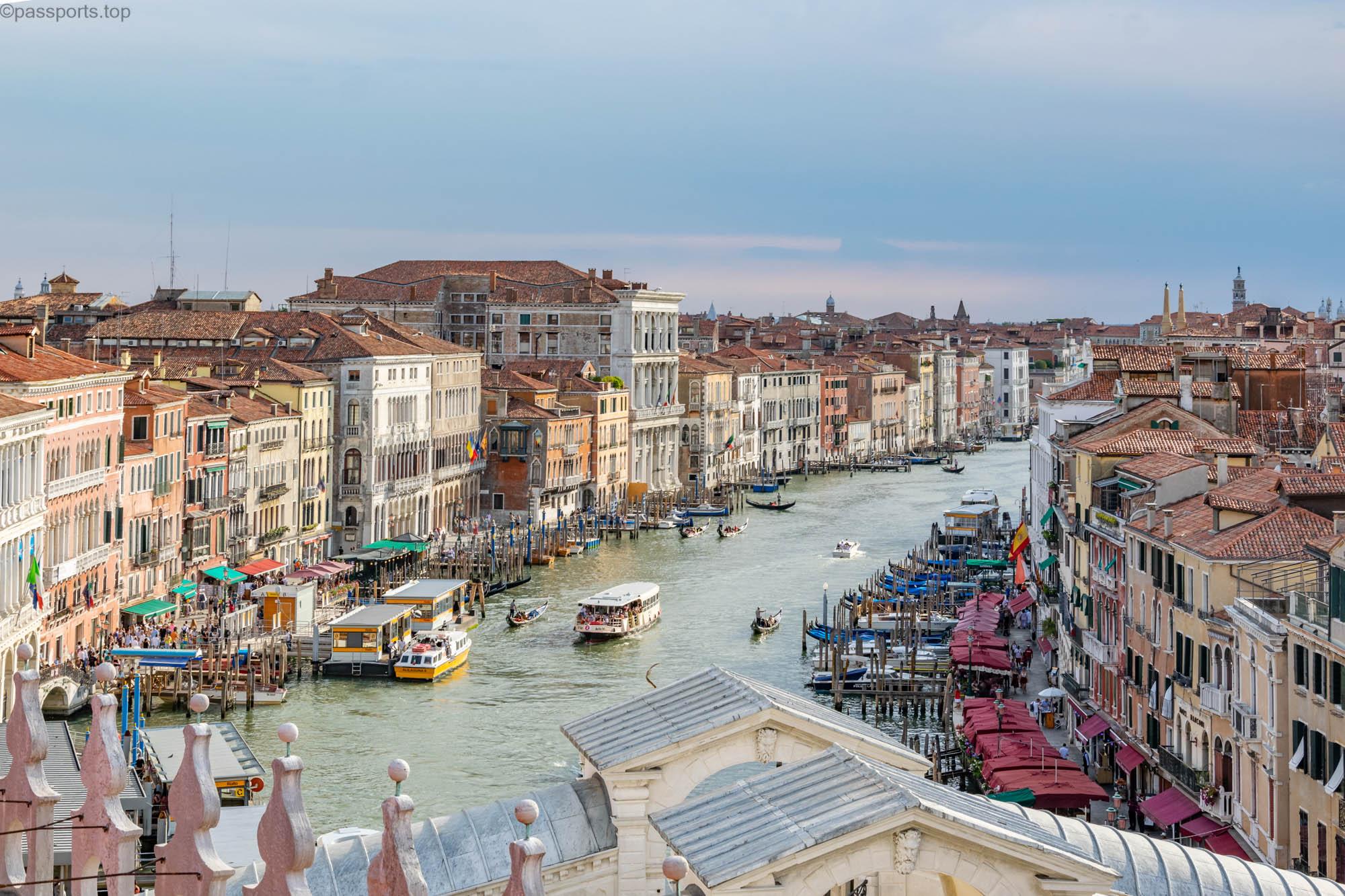
The view from the terrace is splendid. You can admire the Ponte di Rialto, the domes of the Basilica San Marco and even the Grand Canal.
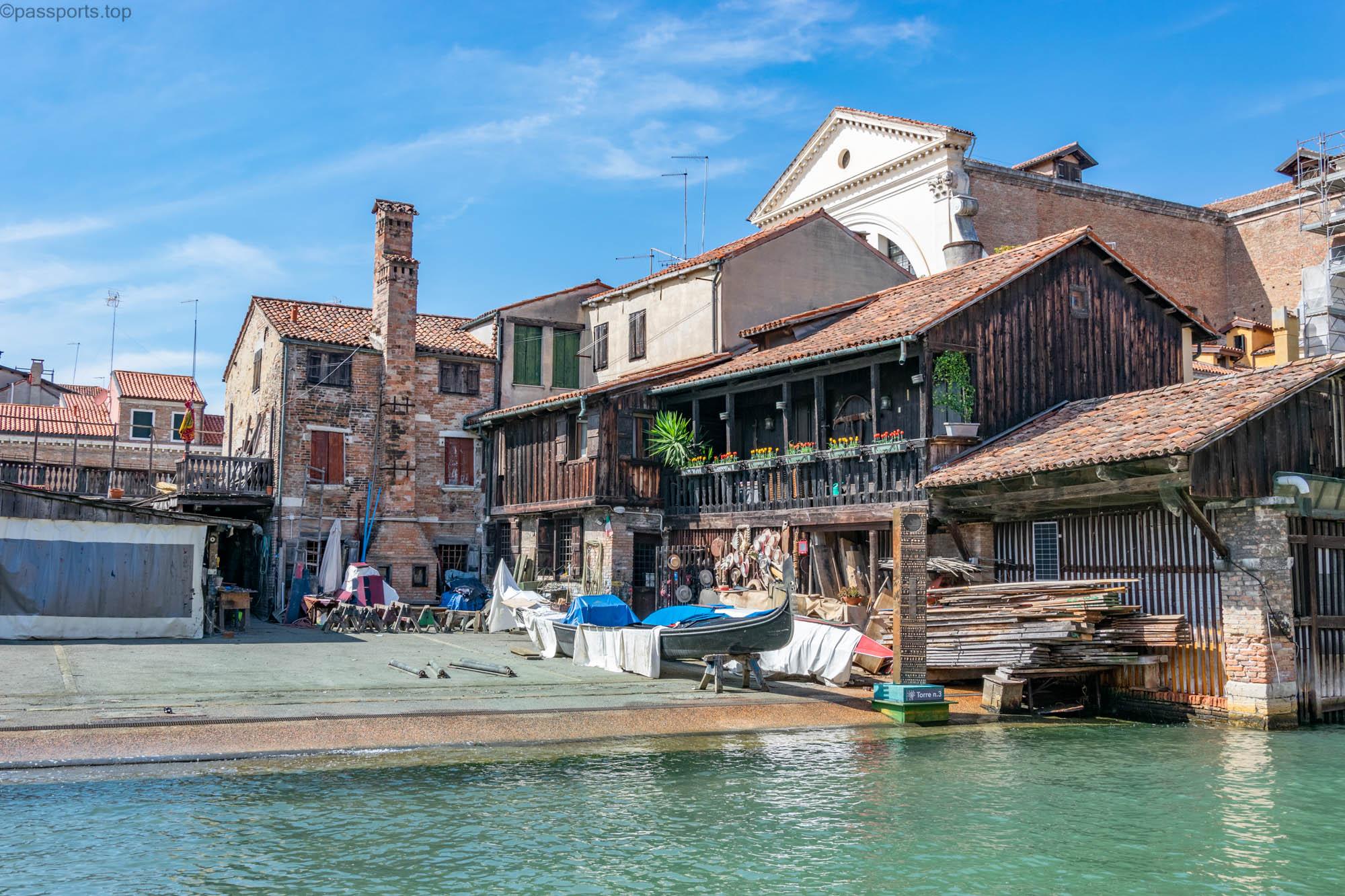
Squero di San Trovaso is one of the last remaining Venetian gondola yards, where local craftsmen build and repair traditional boats. Although the site is not open to tourists, you can watch the workers at work from across the canal.

The Torre dell’Orologio is one of the most famous architectural landmarks in Venice. Recognized for its shape and renaissance architecture, the watch catches everyone’s eye thanks to the color combination of the dial: blue and gold. The clock has been measuring the flow of life and history within the city for more than 500 years.
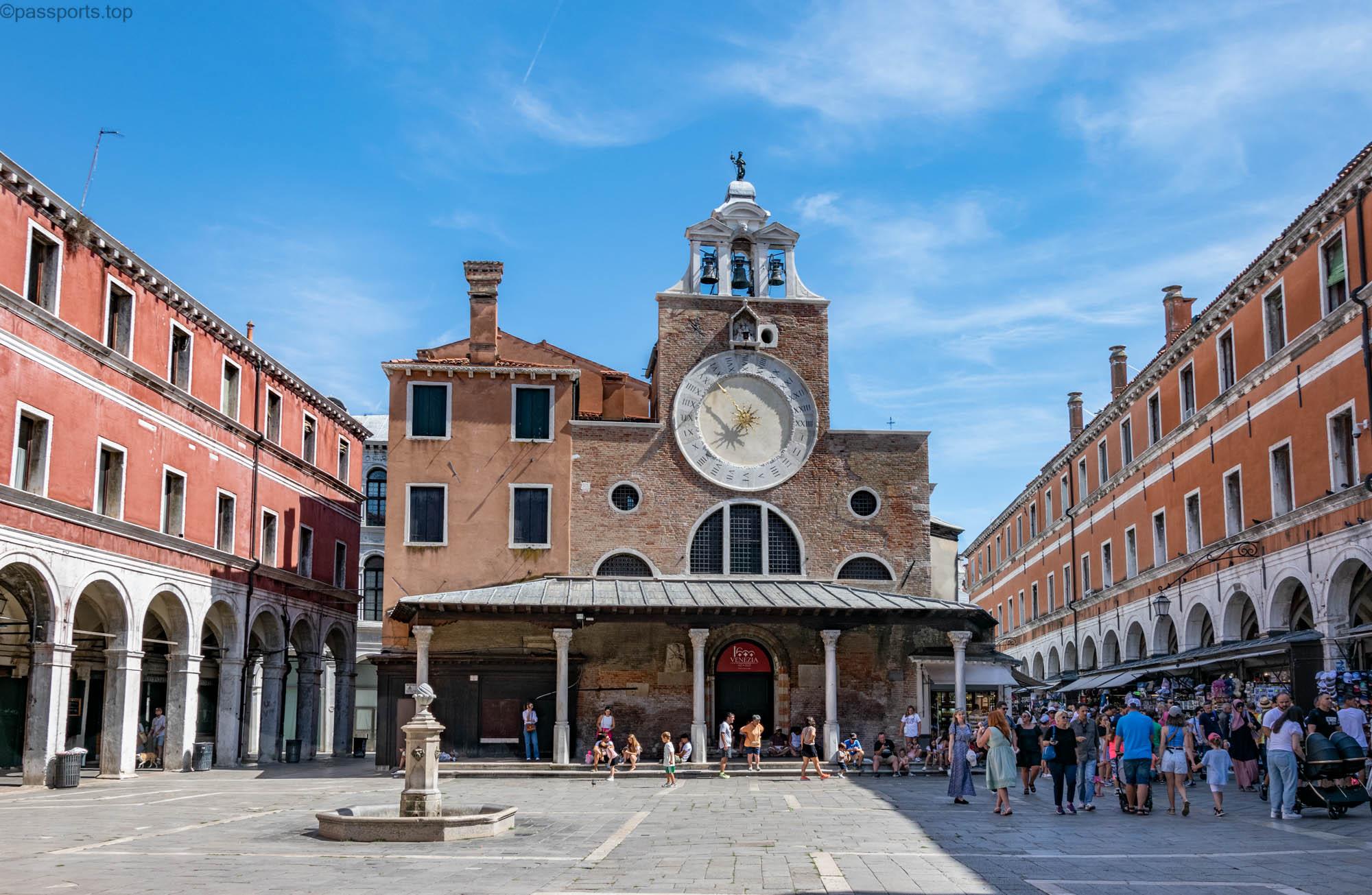
Chiesa di San Giacomo di Rialto is one of the oldest churches in the city. On the facade of the church there is a unique clock dating from the 15th century.
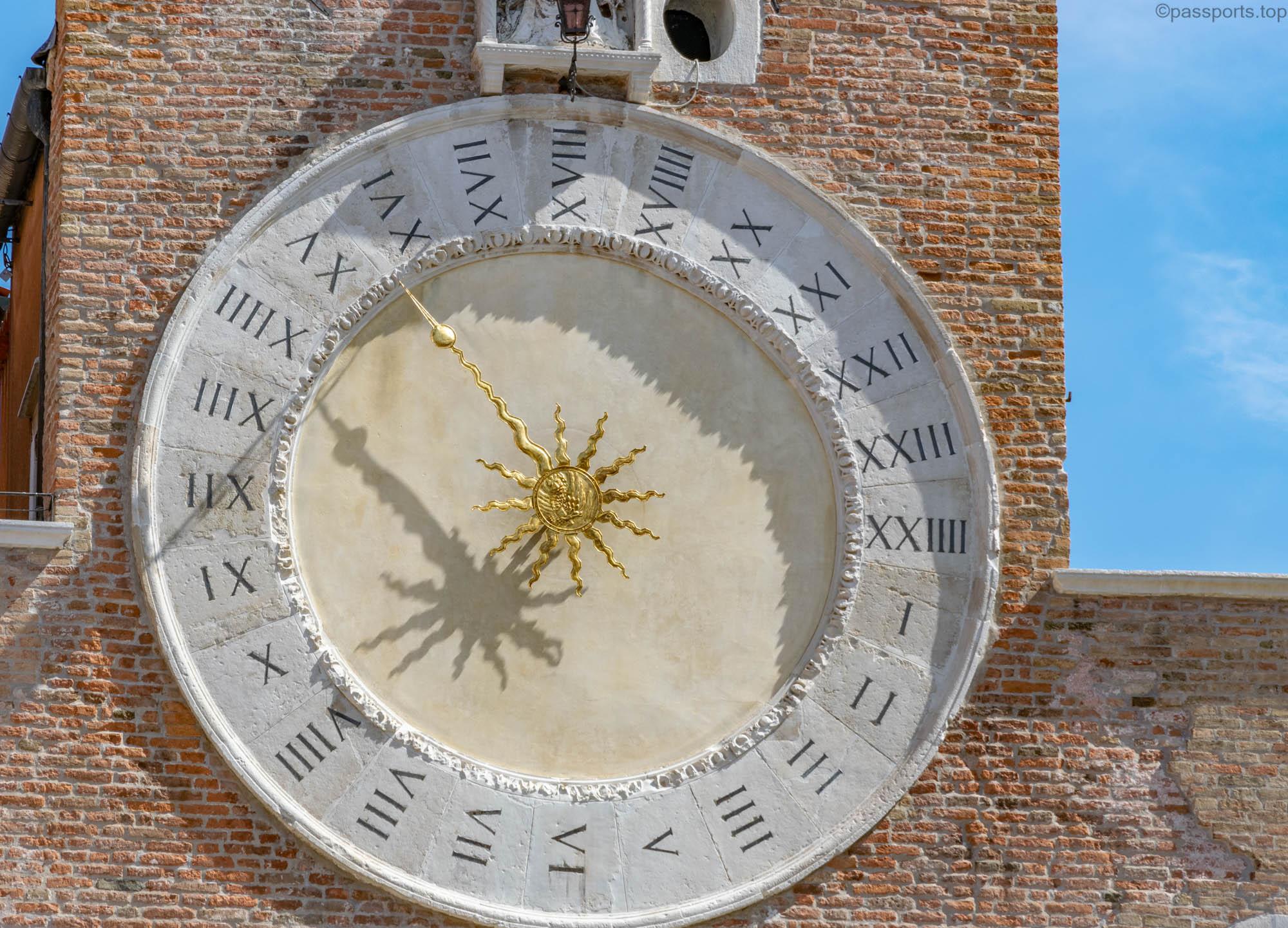
Looking at the clock, you’ll notice two unusual things: the clock face is divided into 24 hours (instead of 12) and four o’clock is represented as IIII instead of IV.
The islands of Murano, Burano and San Giorgio Maggiore
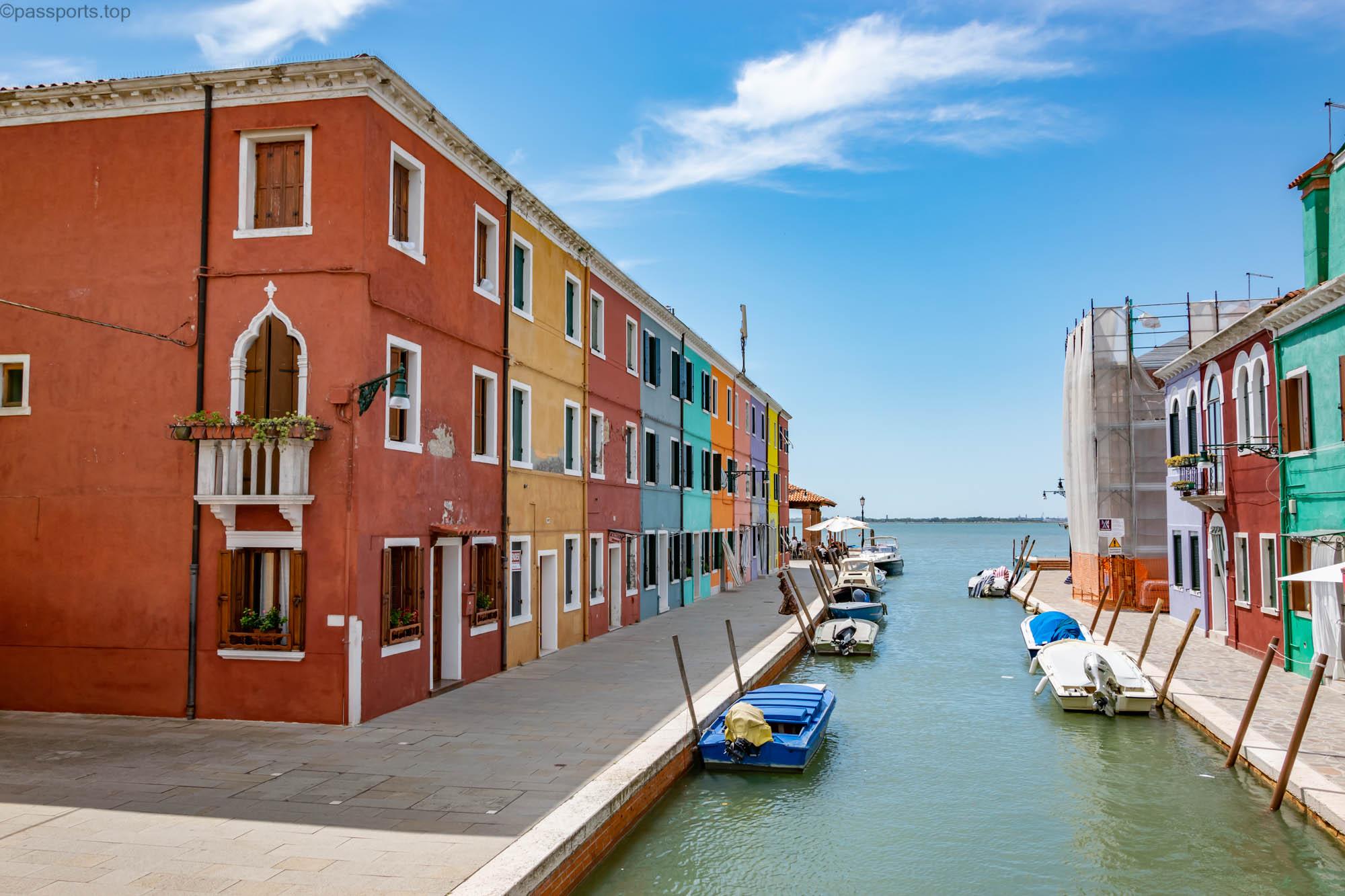
If you stay in Venice for more than a day, I recommend you also visit the islands of Murano and Burano.

Line 12 reaches Murano and Burano and departs from the port of Fondamente Nove. Murano is closer, the vaporetto takes about 15-20 minutes to get there, and another 25 minutes to Burano.
Burano Island

Located in the northern part of the Venice lagoon, the island of Burano is a true fairy tale place.
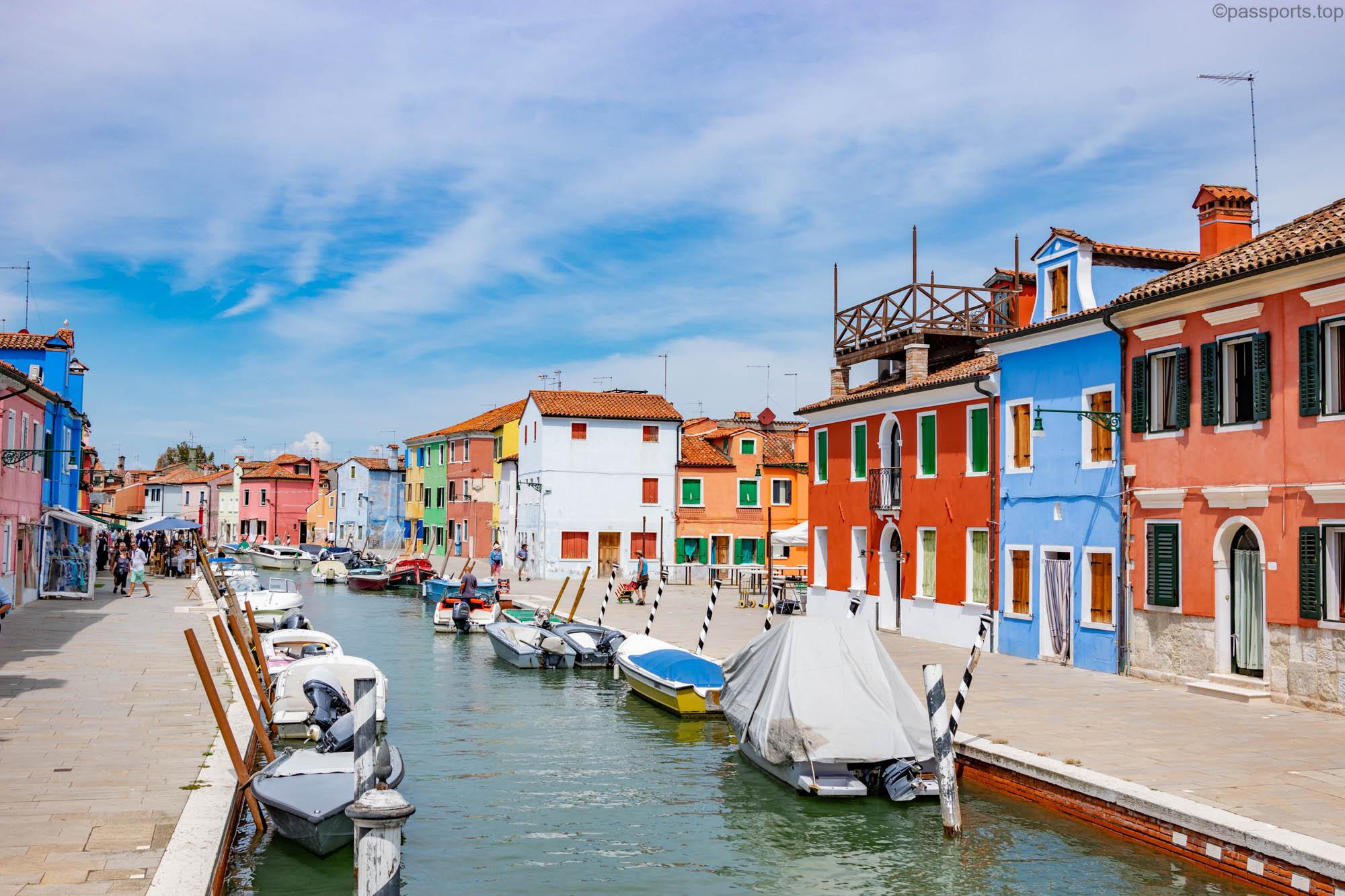
Burano is known for its lace, considered the finest on the entire continent, and the brightly colored houses that line the main canal.
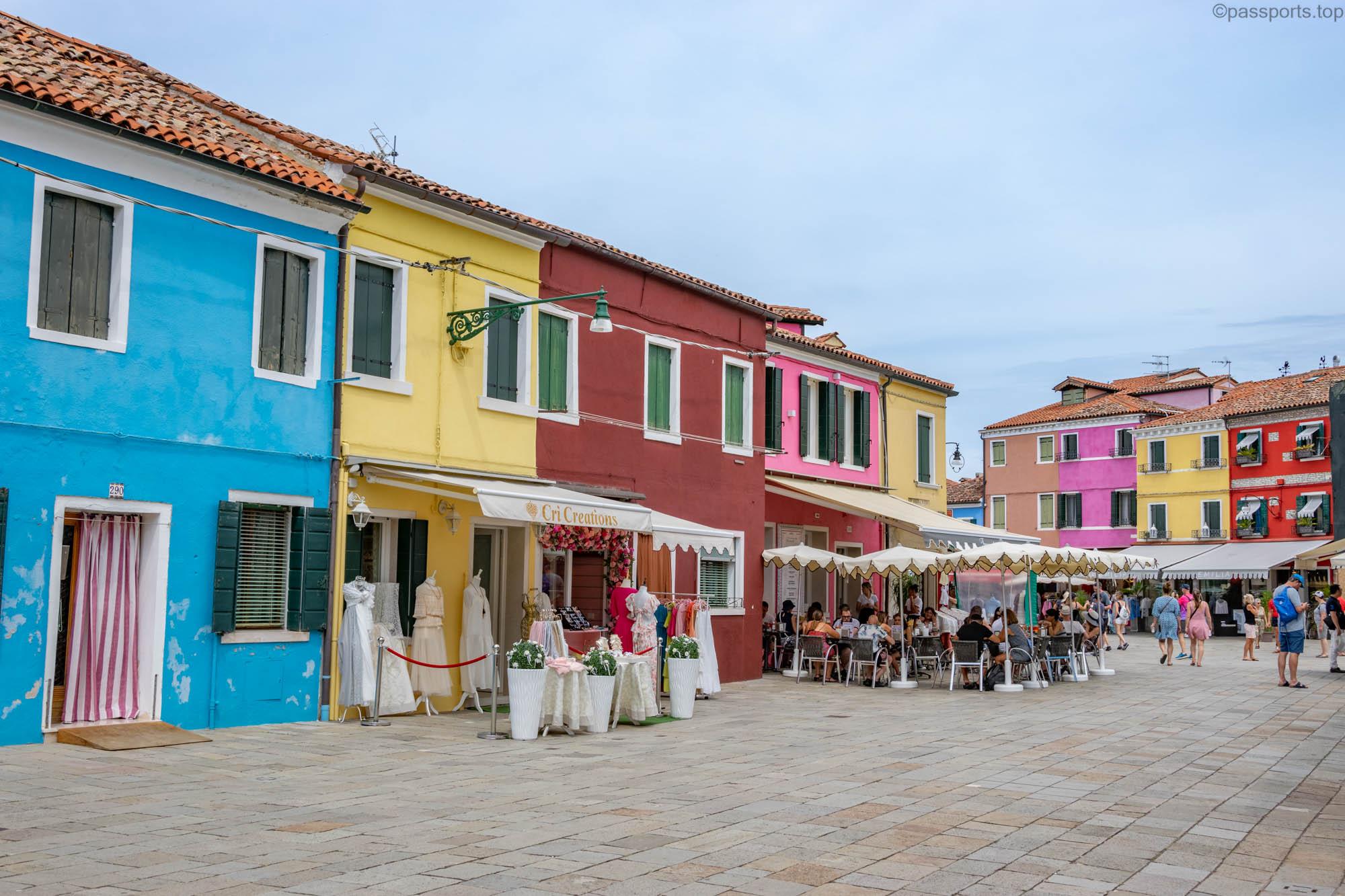
As for the colorful houses, local legend says that fishermen painted their houses in bright and different colors so that it was easier for them to see them and return home on foggy days.
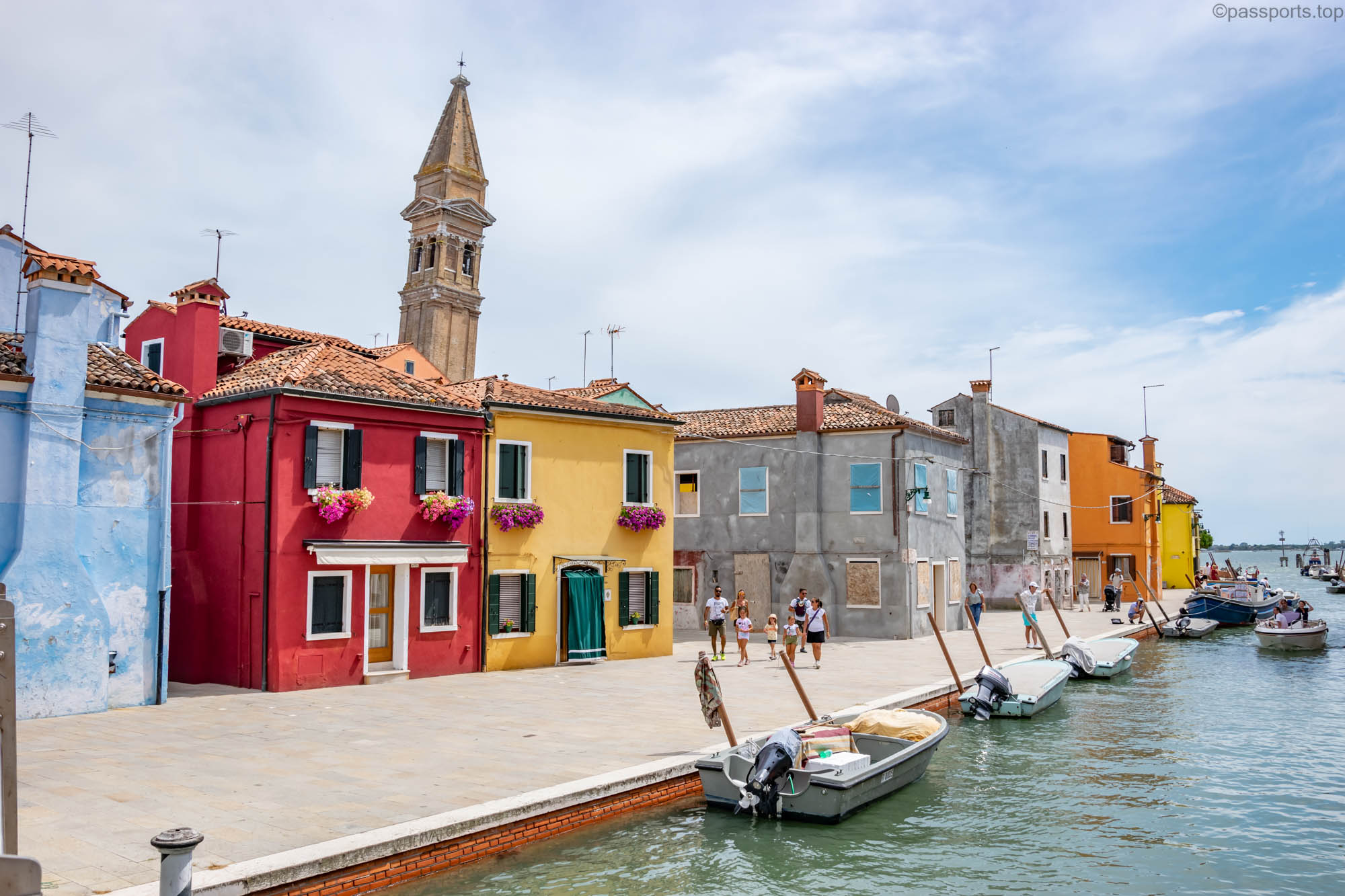
The Leaning Tower of Pisa is famous, but Burano also has a Leaning Tower and it’s worth seeing! You can spot it behind the rows of colorful houses, a perfect place to capture the essence of the city.
Murano Island
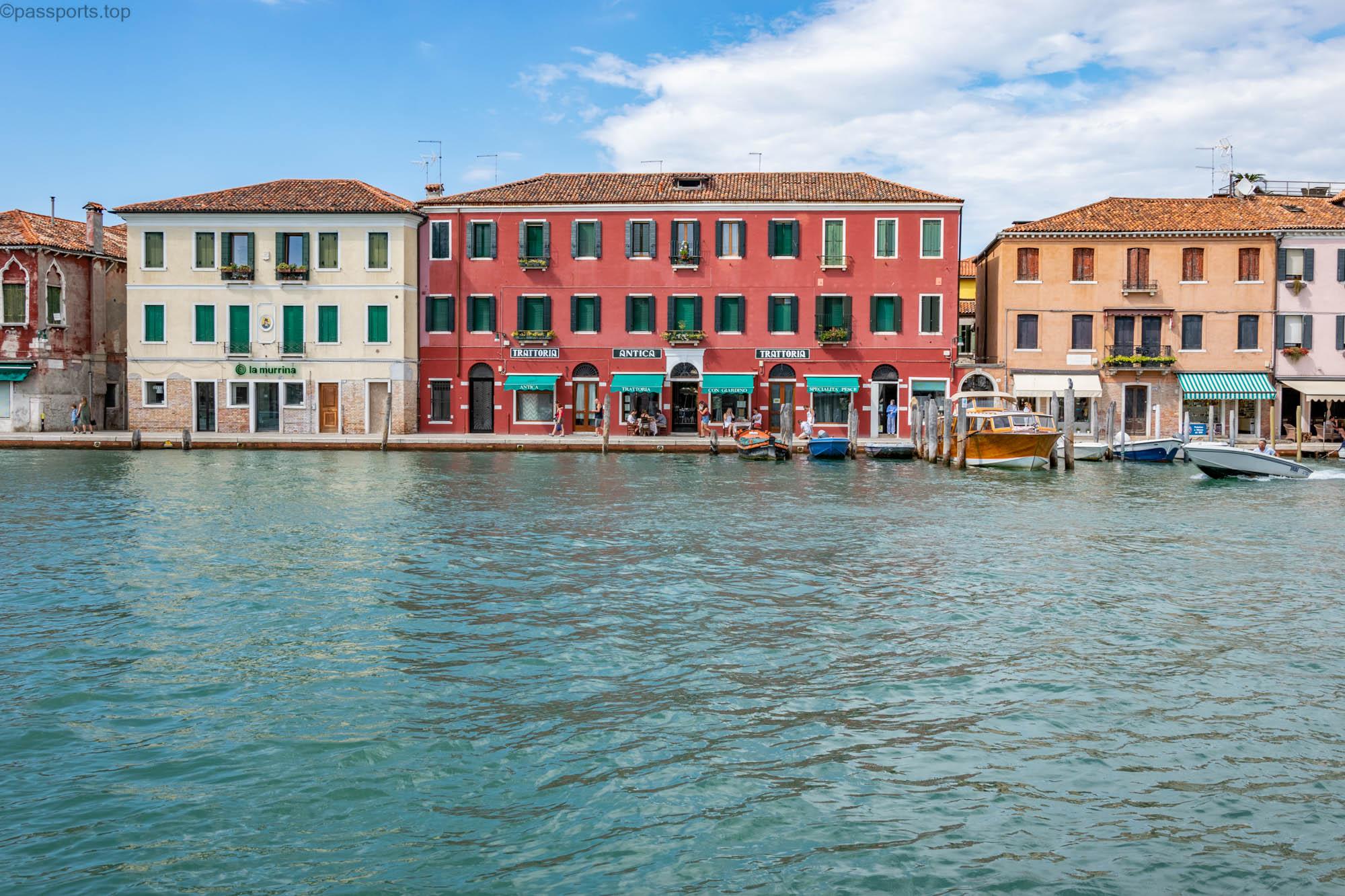
Murano is actually made up of several small islands connected to each other by a series of canals and bridges (much like Venice).

This wonderful island city has many attractions, including the Basilica of Santa Maria, Campo Santo Stefano and Palazzo Da Mula.
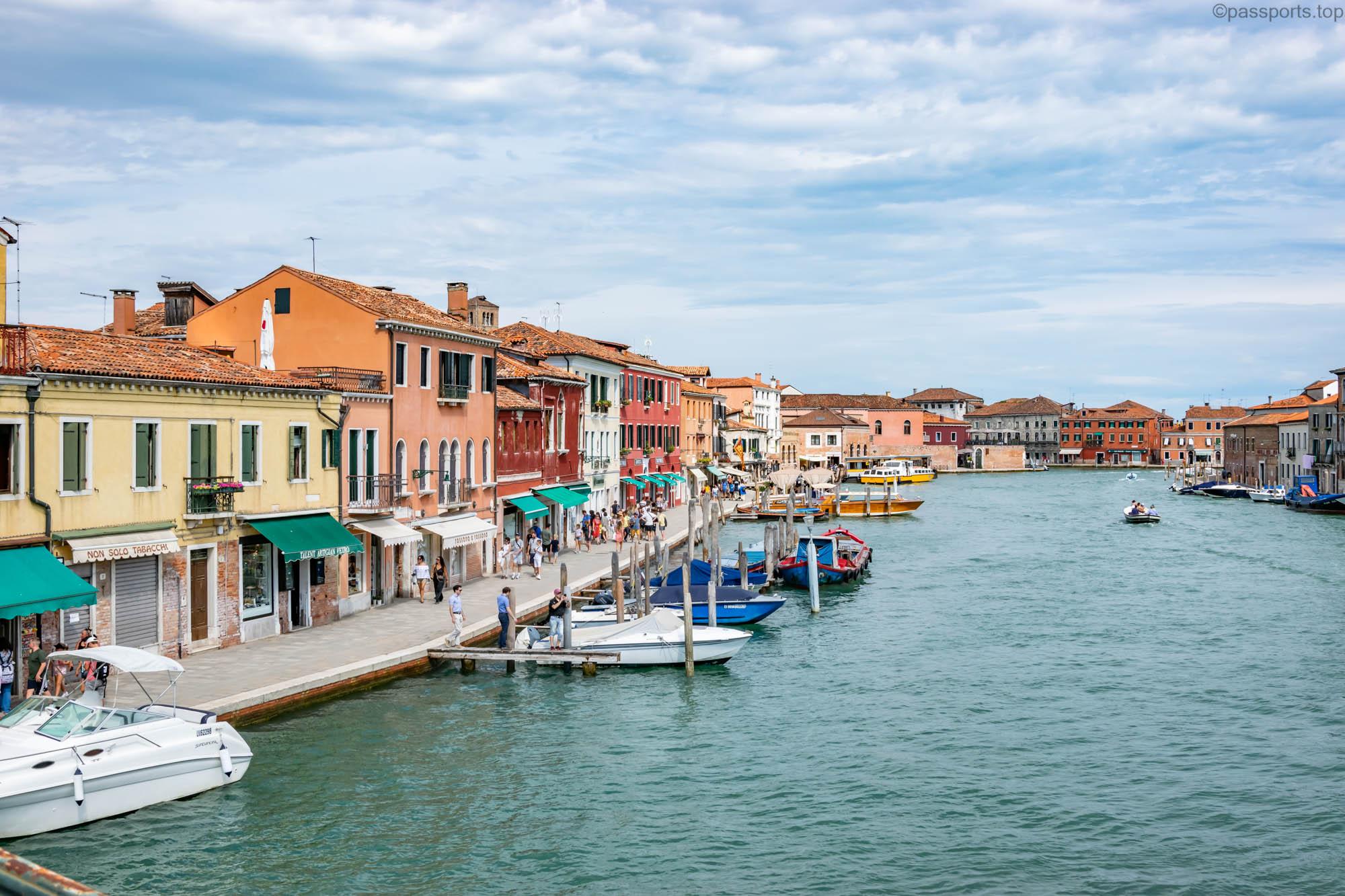
If Burano is known for lace, Murano is famous for glass blowing and you can see live demonstrations at the various factories that are established here.
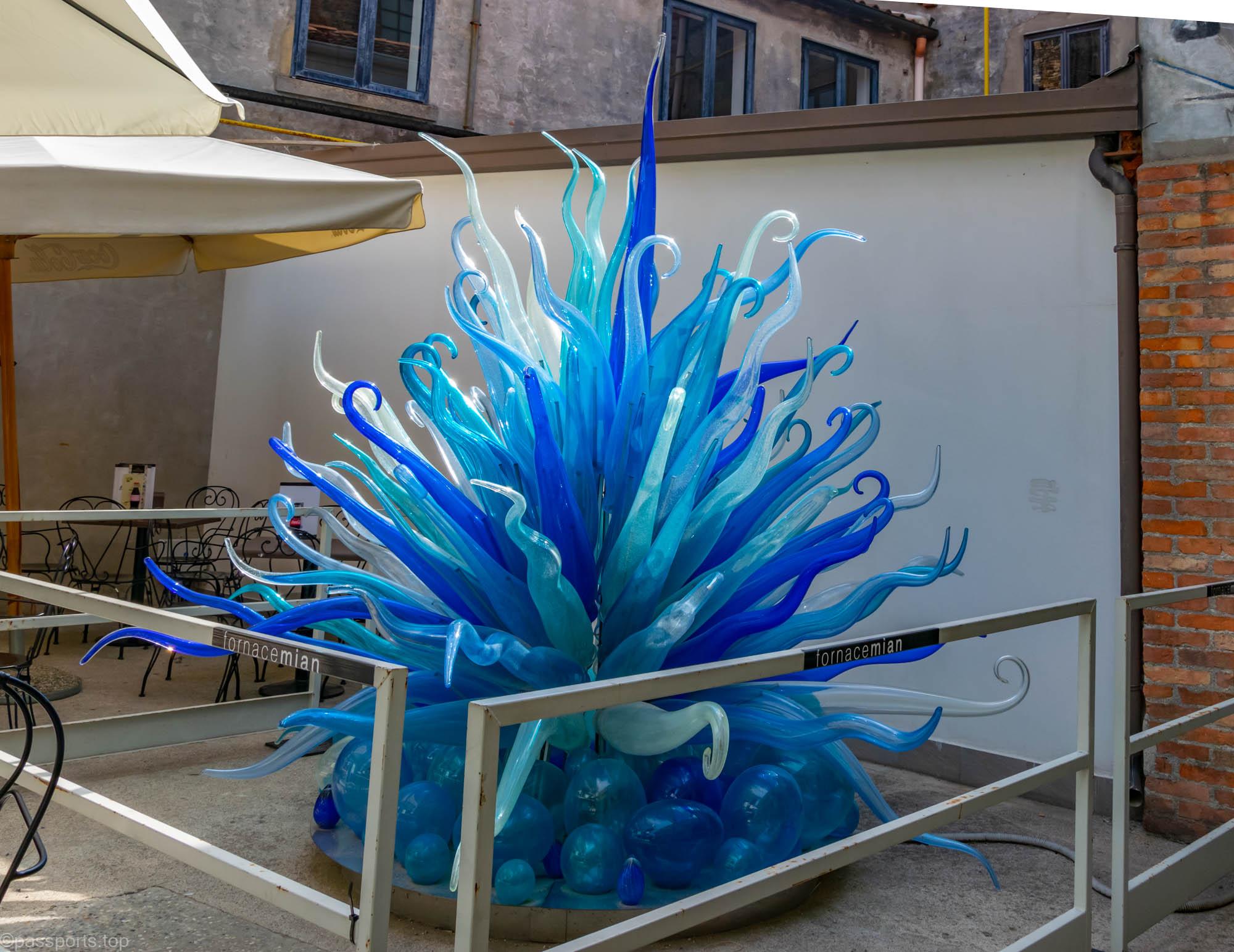
The art of glassblowing is one of the significant crafts of Venice. It has been practiced here since the 13th century, and especially in Murano.
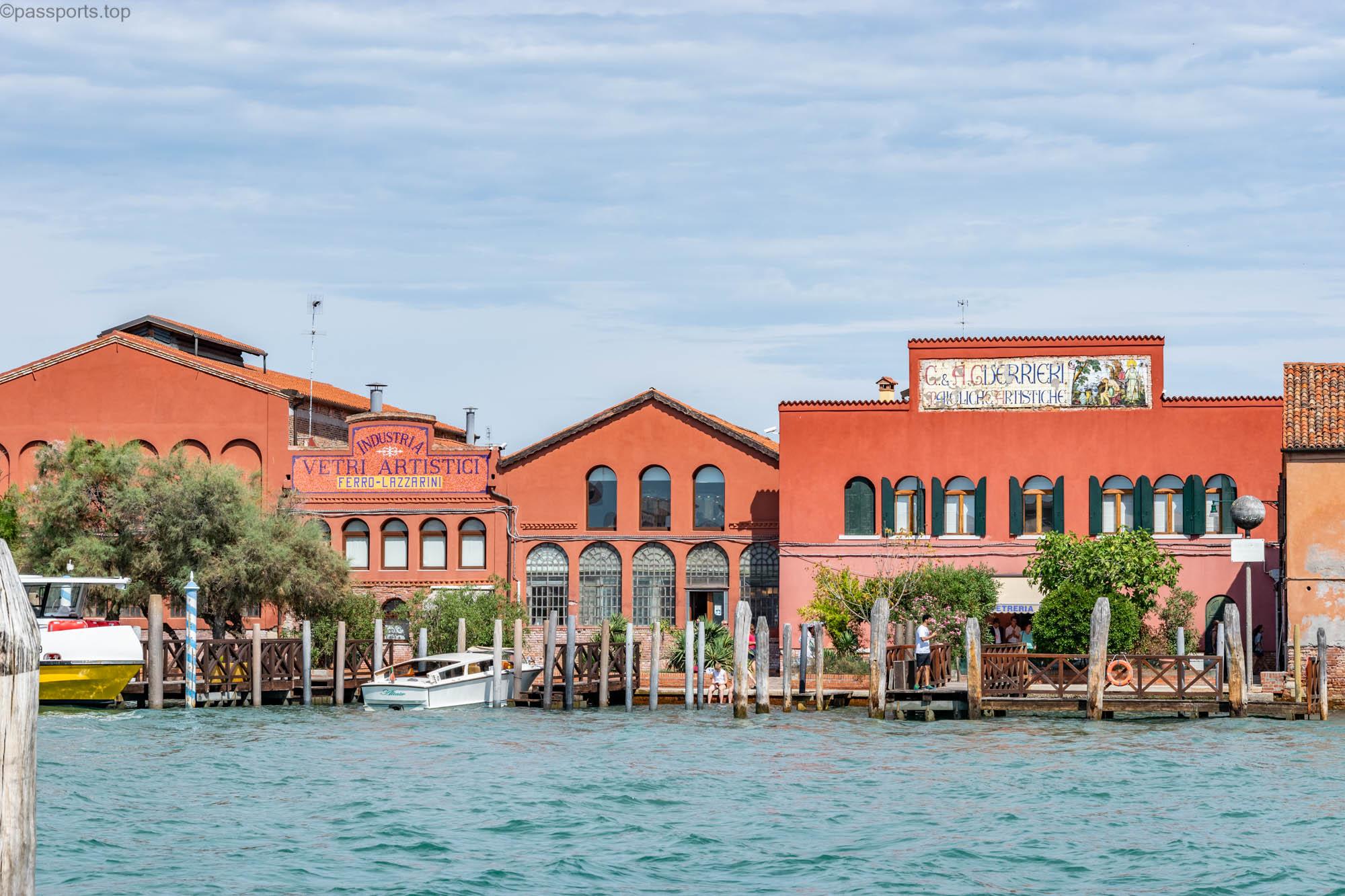
In 1291, as a precaution against fires, the ruler of Venice ordered all Venetian glassmakers to move their furnaces to Murano.
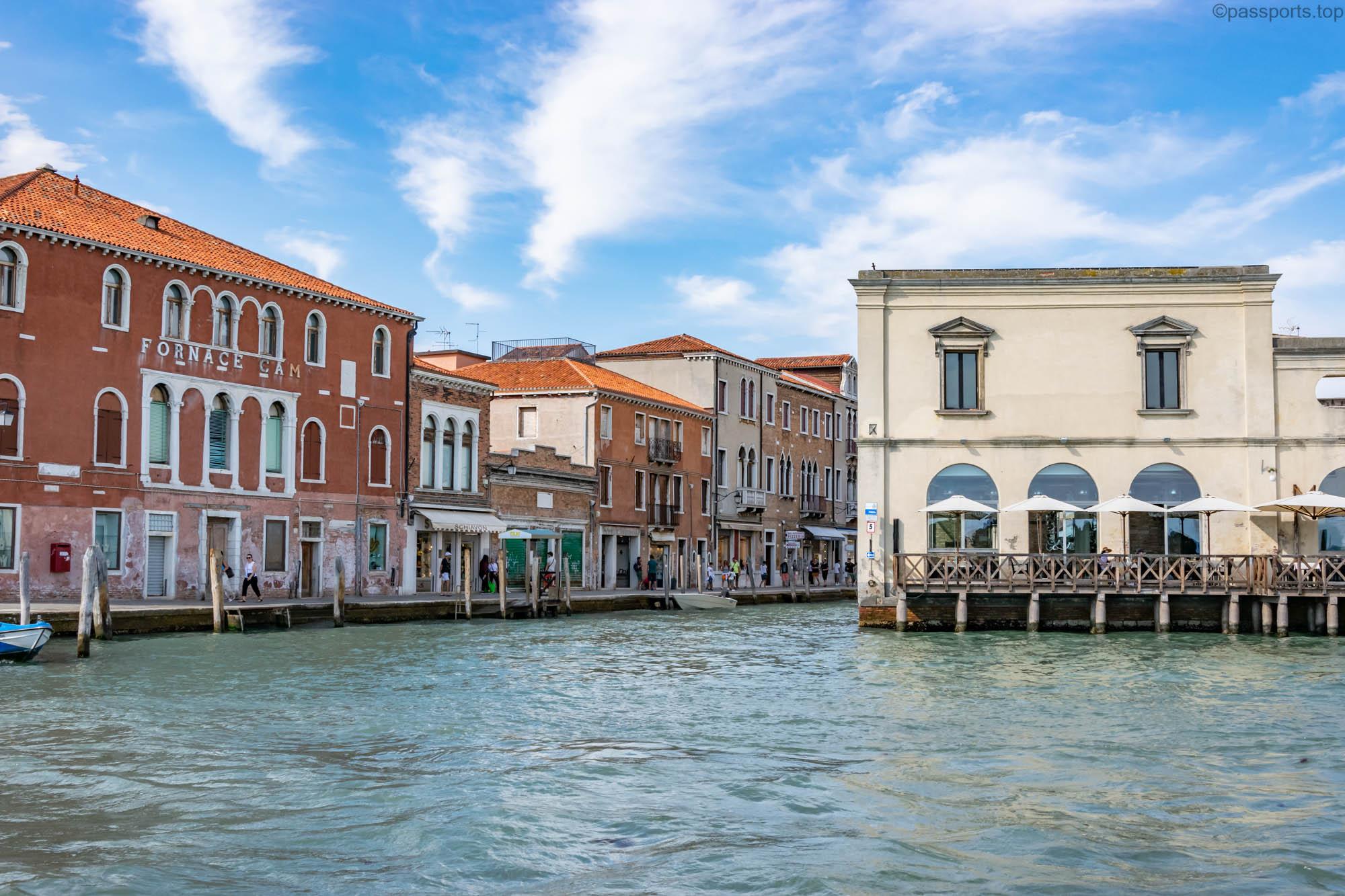
This worked as glass was becoming a coveted craft. The move to another island protected the workshops from prying eyes that wanted to steal the secrets of the trade.
San Giorgio Maggiore
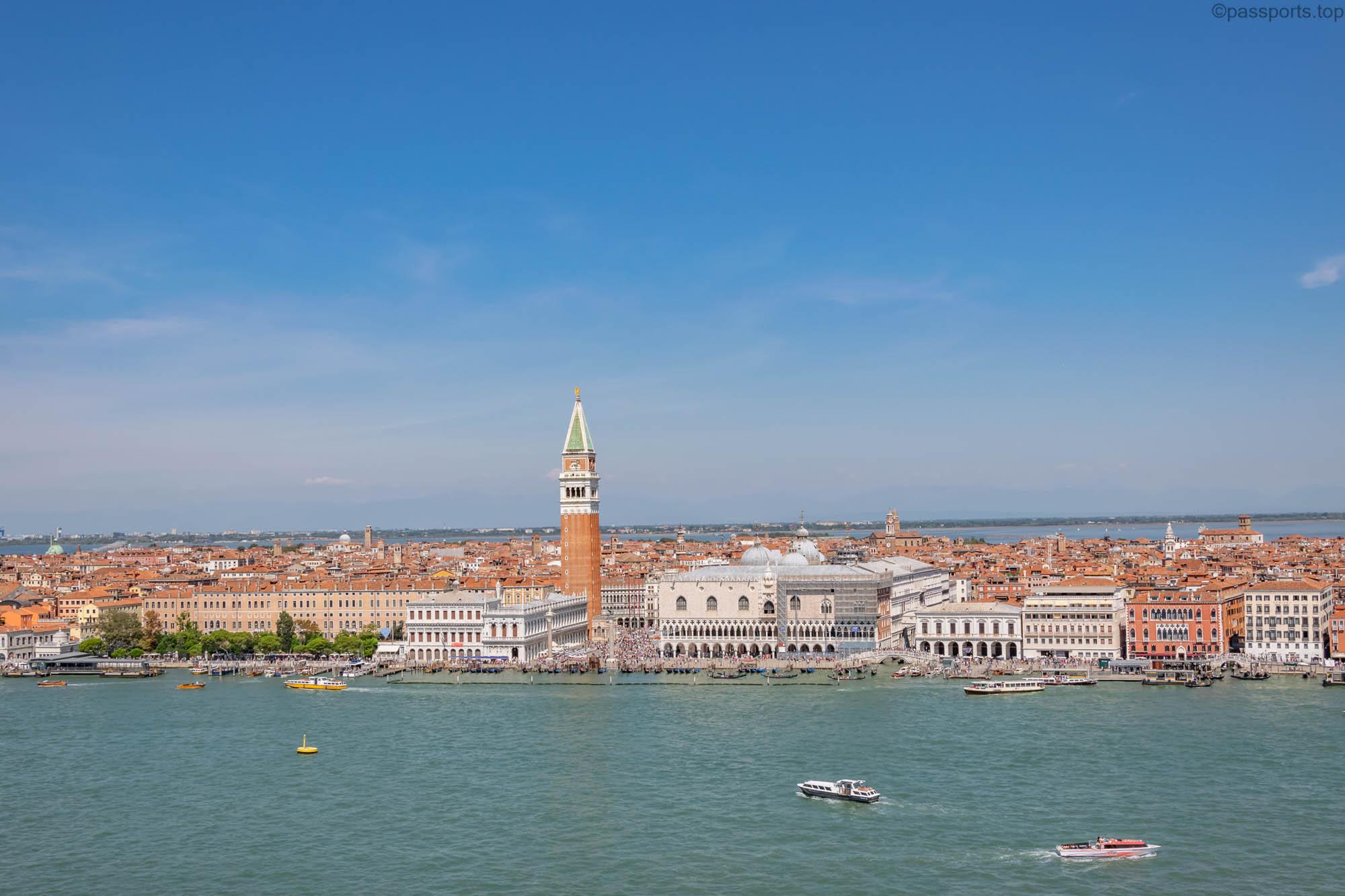
If you want the best views of Venice, go to the small island of San Giorgio Maggiore. You can climb the tower of the majestic San Giorgio Maggiore church from where you can admire the charming lagoon. The price of a ticket is €6/person.
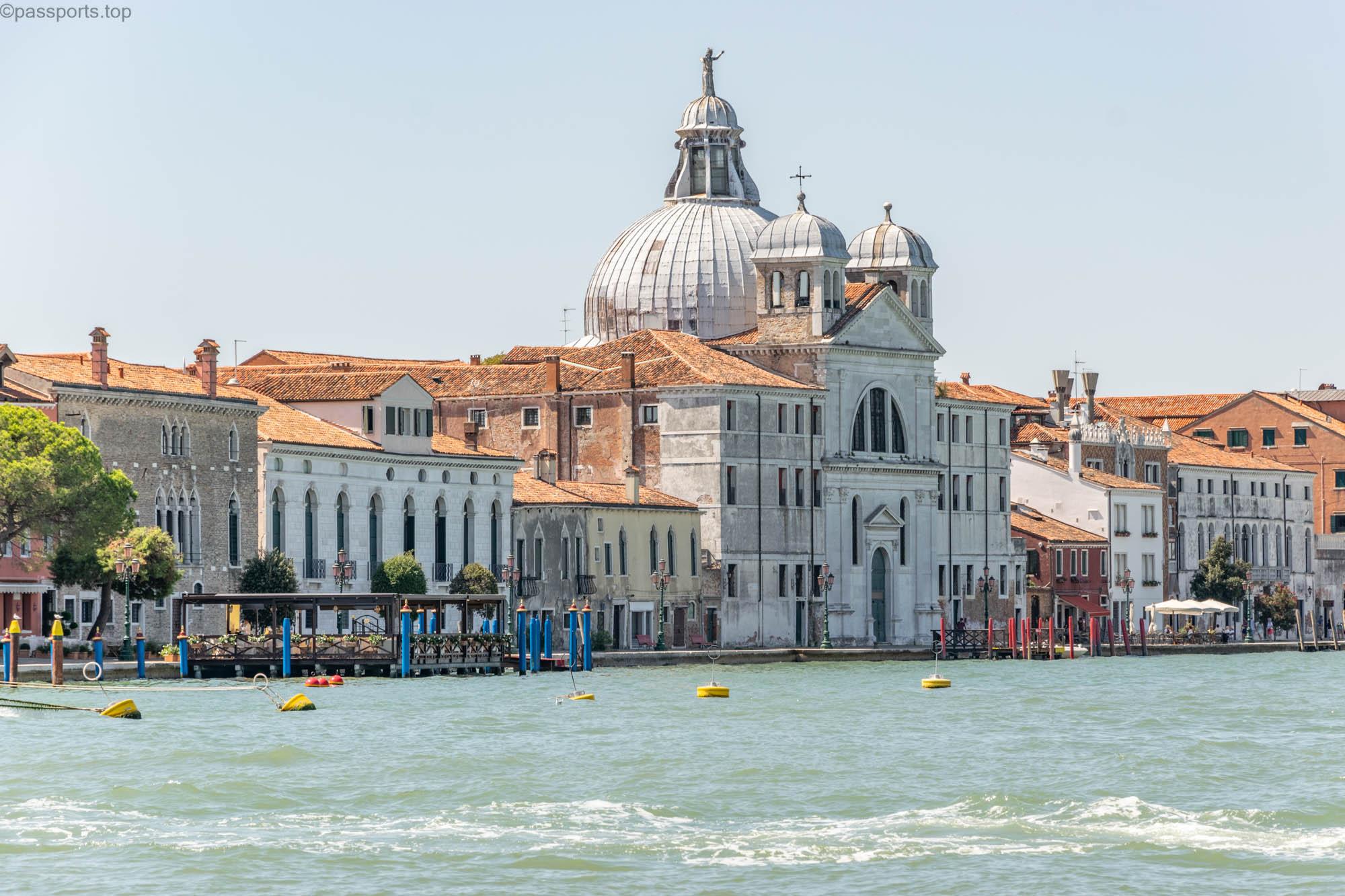
Located on an island of the same name, the Basilica of San Giorgio Maggiore is one of Venice‘s most photographed buildings.
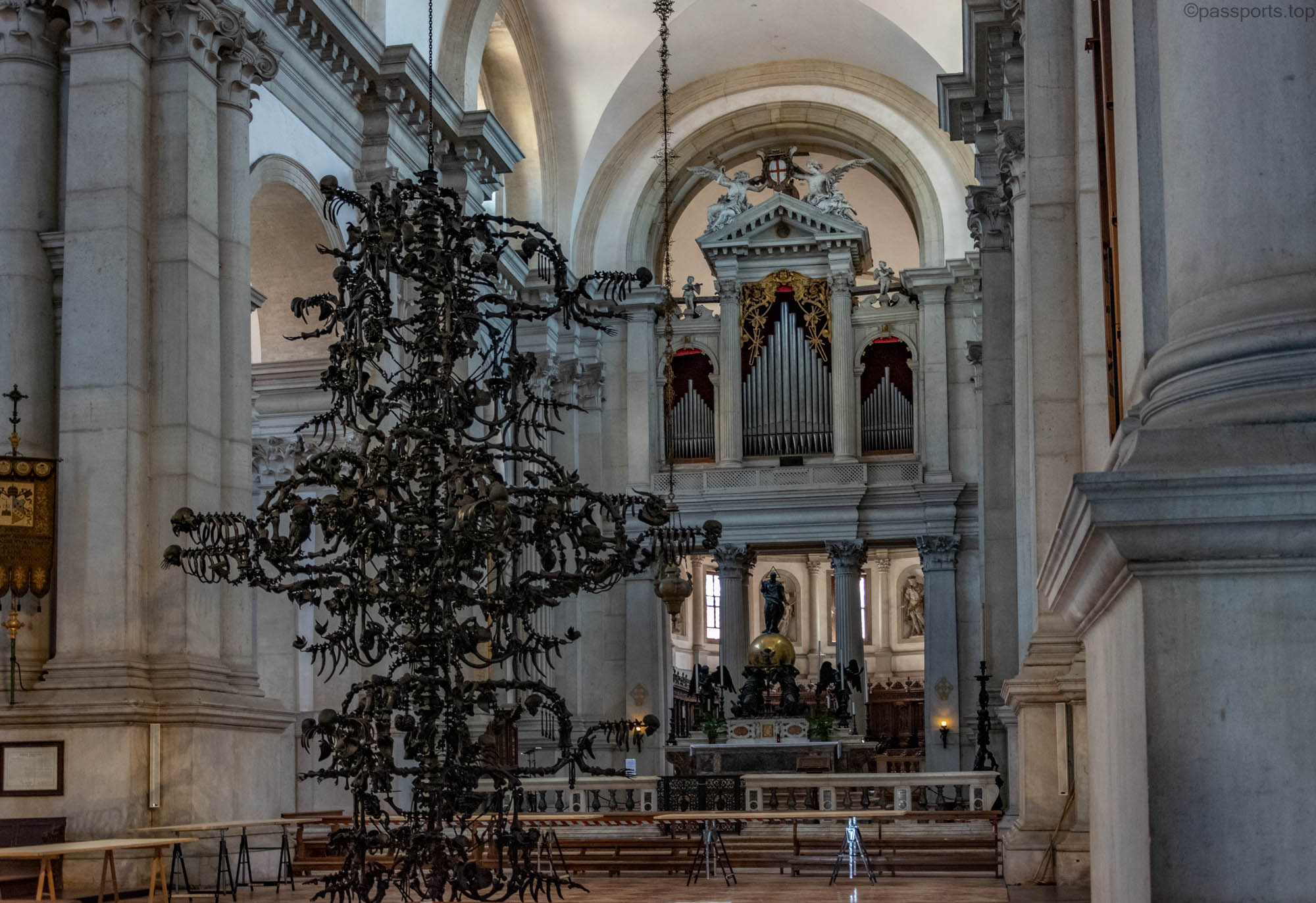
The three floors of the church contain various paintings by Tintoretto. In addition to the paintings of this great artist (The Last Supper, The Burial of Christ and The Fall of Mana), the Basilica also displays a painting by Sebastiano Ricci, “Madonna Enthroned with Saints“, completed in 1708 and considered the masterpiece of San Giorgio Maggiore.

Venice is sinking at a rate of 2 mm every year and it is said that in 100 years it will be covered by water due to global warming. The uncertain future is reason enough to visit the city as soon as possible. Also, starting in 2023, Venice will become the first city in the world to charge tourists an entrance fee.

After three days in which we discovered the wonderful Venice, we took the train and set off for Bologna.
(Venice – August 2022)

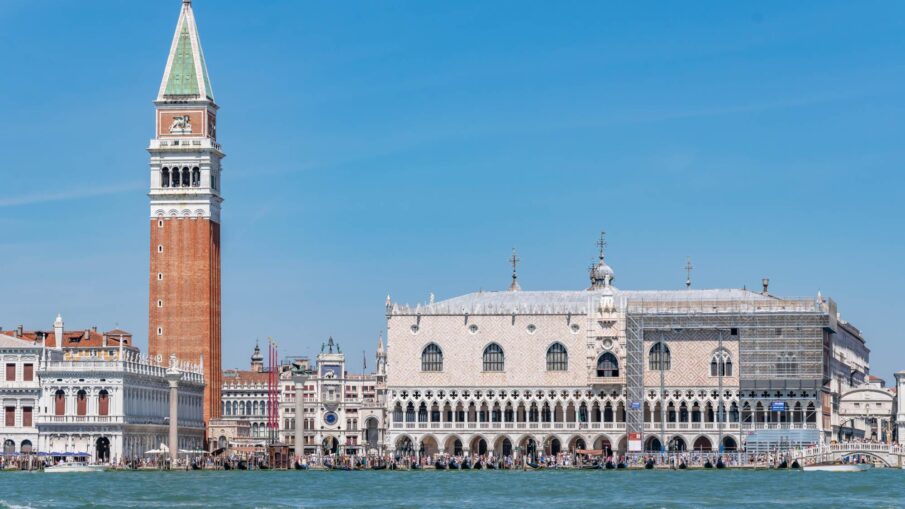
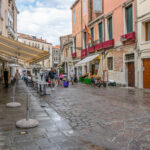
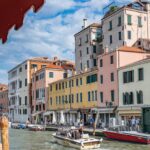
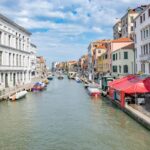
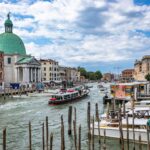
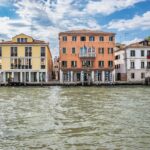
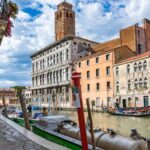
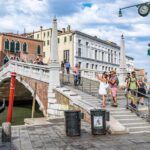
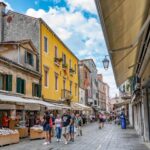
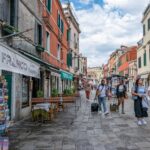
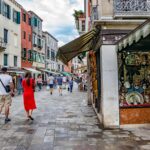
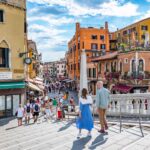
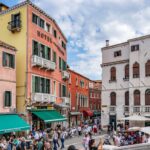
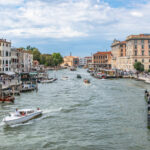
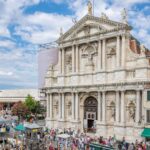
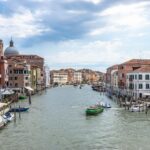
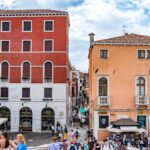
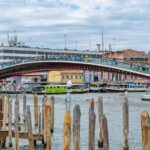
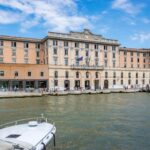
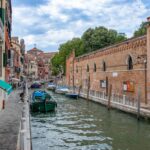
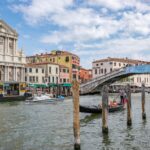
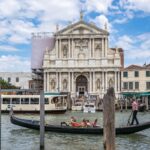
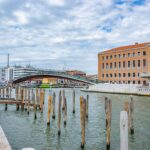
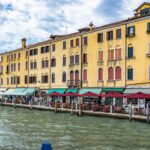
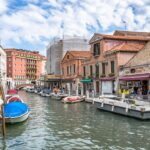
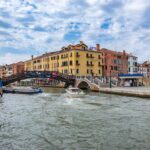
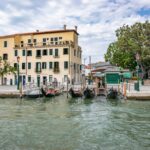
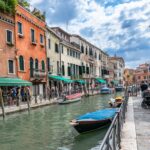
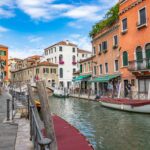
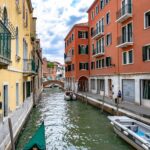
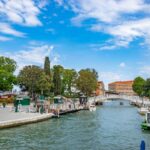
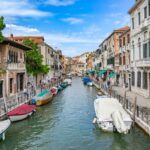
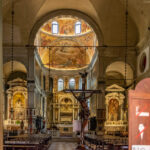
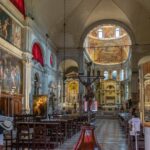
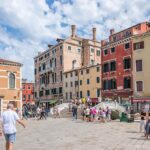
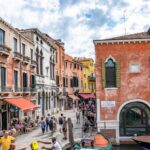
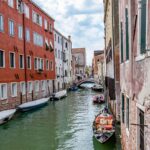
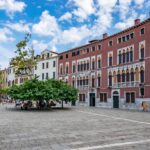
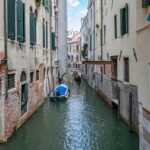
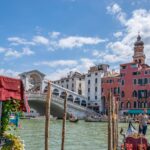
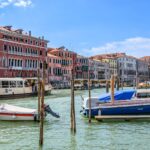
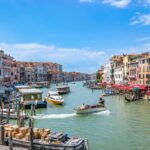
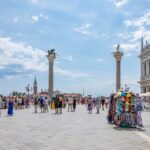
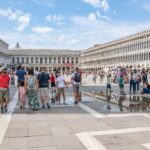
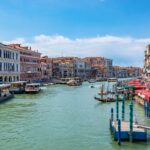
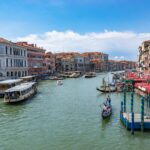
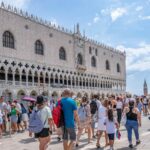
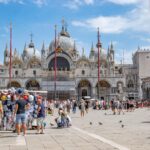
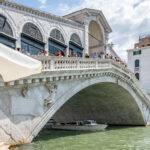
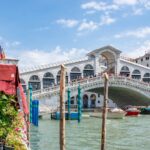
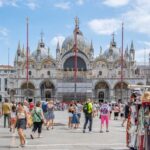
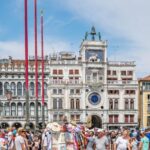
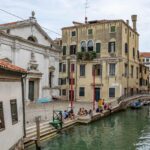
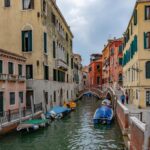
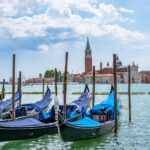
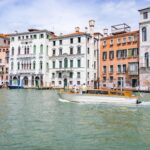
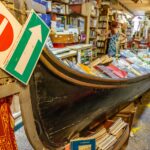

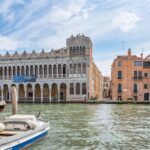
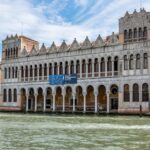

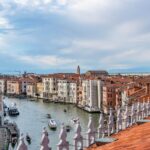
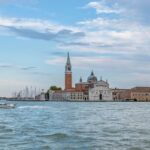
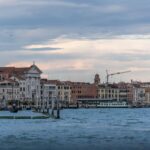
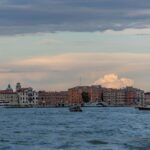
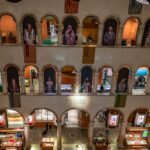
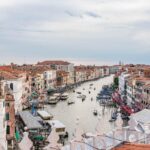
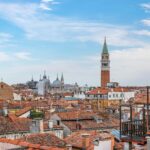
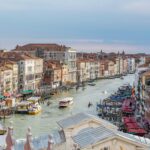
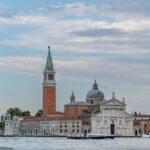
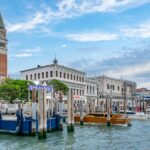

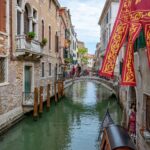
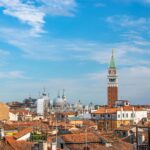
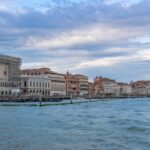
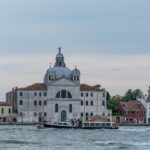
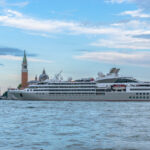
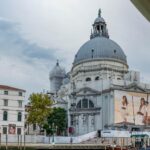
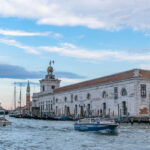
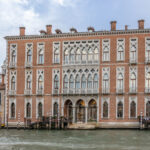
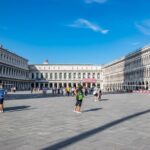
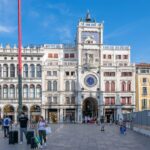
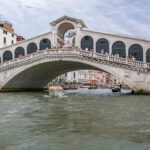
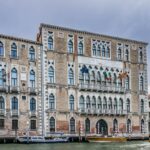
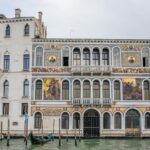
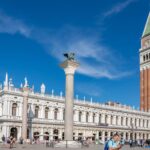
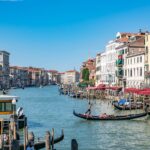
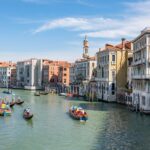
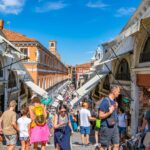
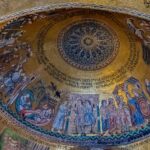
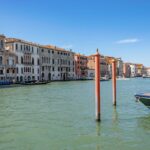
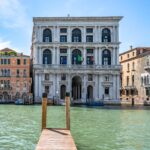
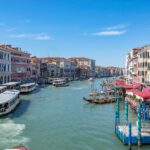
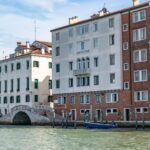
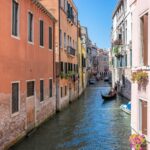
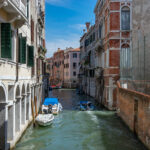
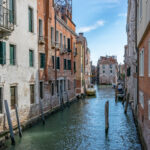
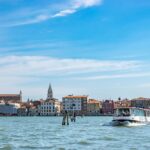
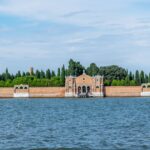
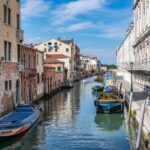
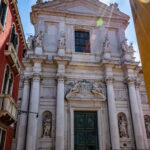
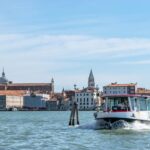
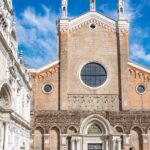
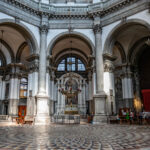
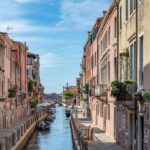
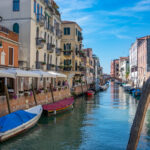
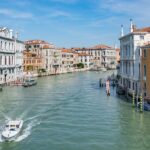
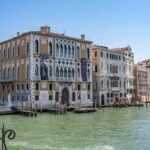
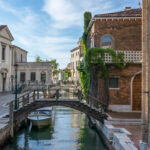

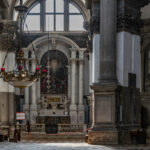
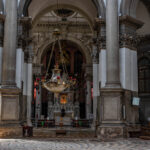
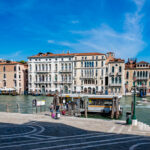
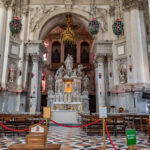
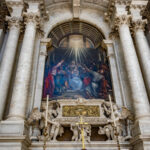
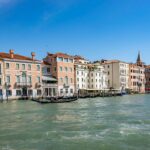
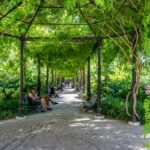
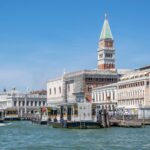
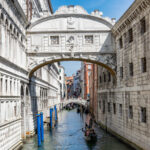
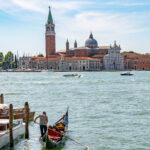
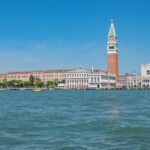
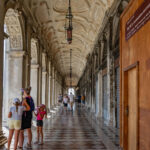
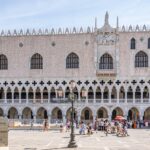
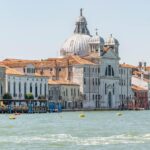
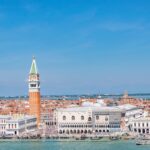
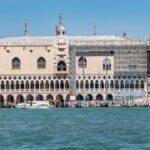
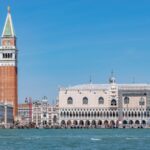
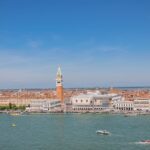
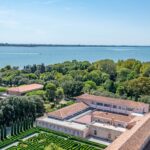
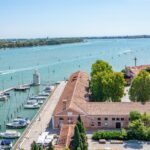
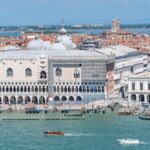
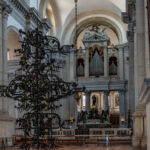
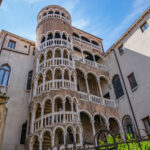
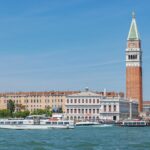
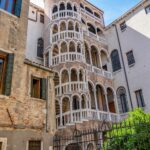
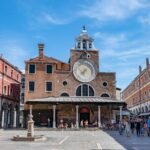
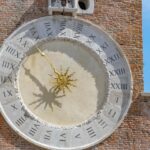
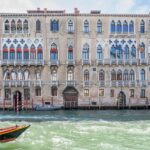
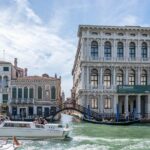
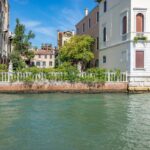
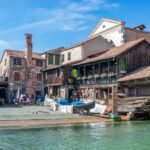
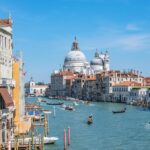
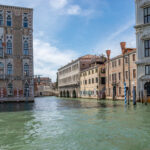
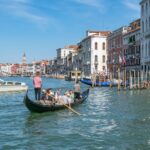
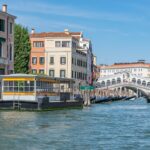
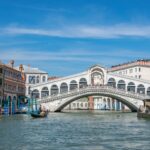
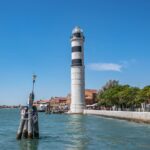
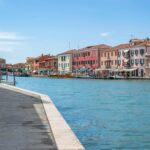
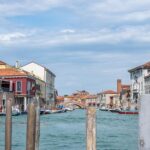
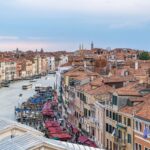
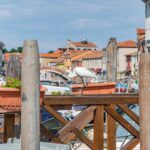
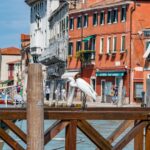
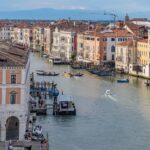

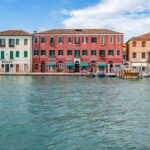
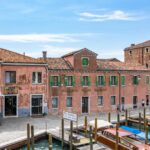
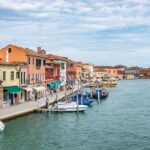
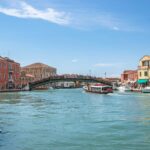
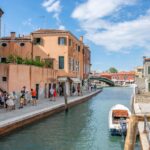
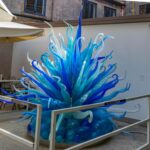
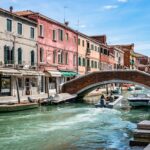
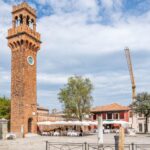
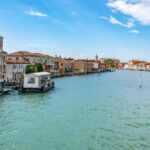
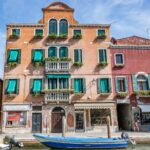
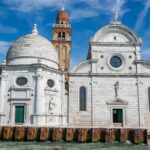
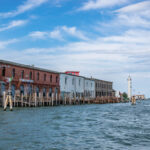
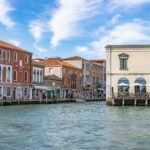
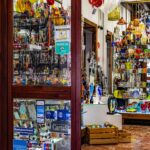
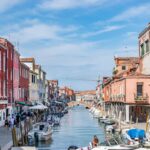
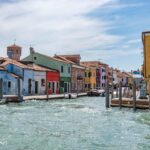
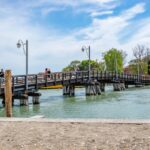
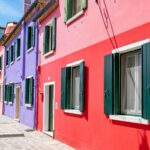

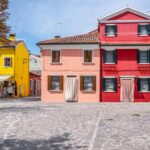
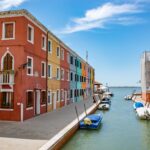
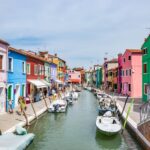
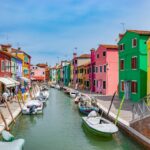
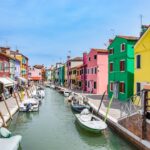
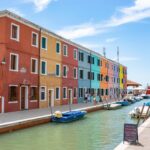
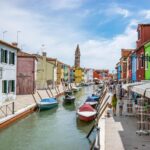
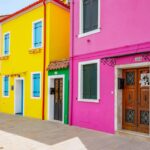
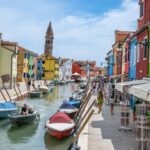
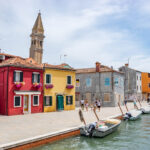
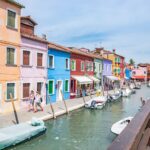
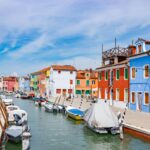
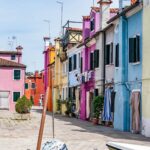
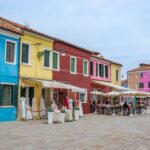
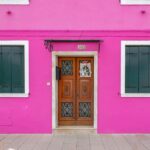
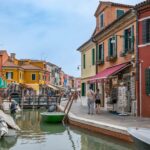
Leave a Reply